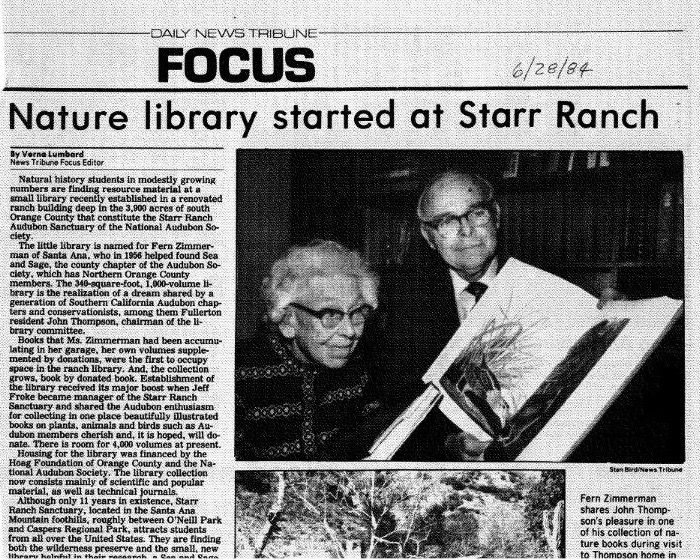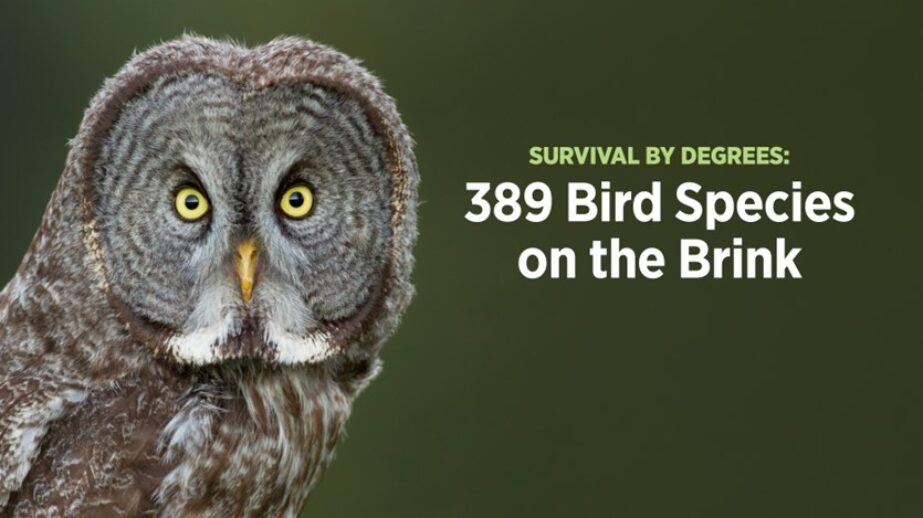Conservation Overview
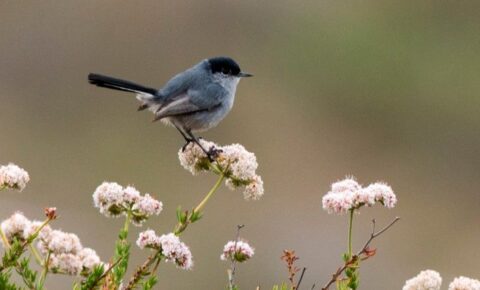
Federally Endangered Species – California Gnatcatcher
Sea & Sage Audubon Society’s mission is to protect birds, other wildlife, and their habitats through education, citizen science, research, and public policy advocacy.
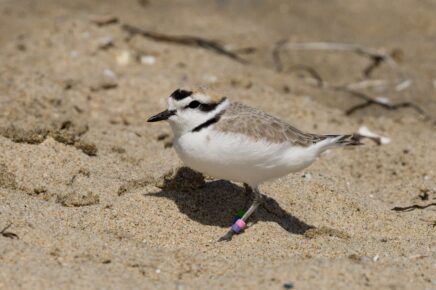
Federally Threatened – Western Snowy Plover
Committee Activities

Formerly Endangered – California Brown Pelican
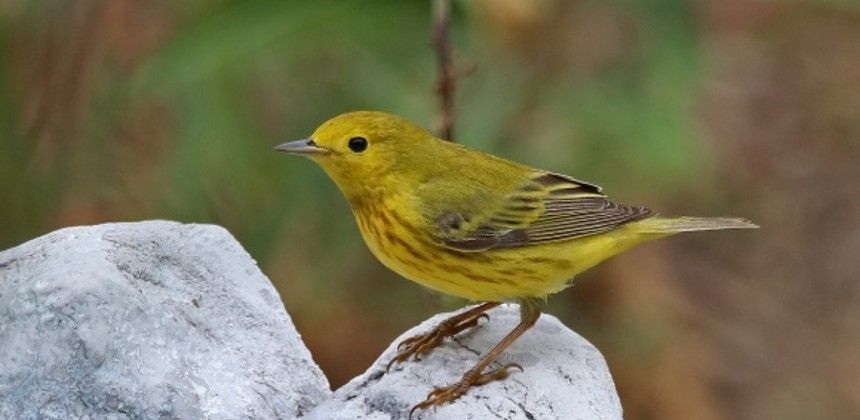
California Species of Special Concern – Yellow Warbler
4th Tuesday Conservation Lecture Series
- Meeting Information
- Past Presentations
Bird Friendly Communities
- Tree-trimming
- Lights Out
- Window Strike Projects
- Avoiding Rodenticides
Conservation Awards
- Fern Zimmerman Award
- Letters of Commendation
- Special Recognition
- Legislative and Advocacy Subcommittee
- Helpful Tools
- Tackling Climate and Trash
- Steps to Help Make a Difference
Partner Organizations
- Other Organizations we Work With
- Audubon Affiliates
Volunteer Opportunities
- Youth
- Sea and Sage
- Other Groups
Volunteer Opportunities
- Youth
- Sea and Sage
- Other Groups
Conservation – What’s New
About the Committee
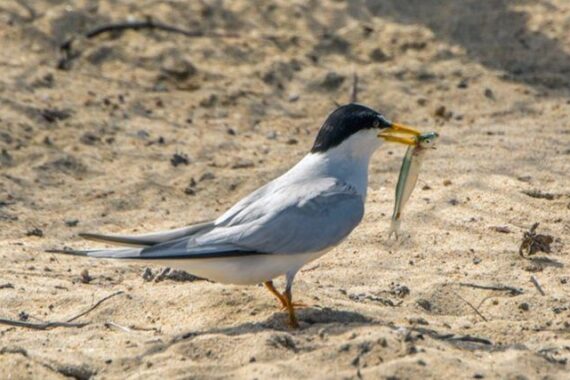
Federally Endangered – California Least Tern
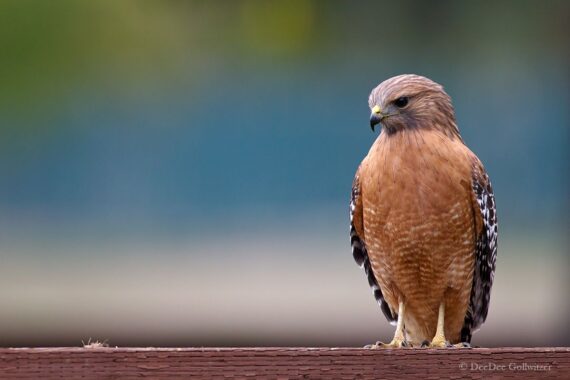
Protected Species – Red-shouldered Hawk
The Conservation Committee meets regularly on the first Tuesday evening of every month except August (unless otherwise notified). The committee Is chaired by Susan Sheakley with Vice-chair Scott Thomas and is comprised of approximately 20 committee members. The committee works to address a wide range of Conservation-related topics to help meet the chapter’s mission to protect birds, other wildlife, and their habitats.
“Never doubt that a small group of thoughtful, committed citizens can change the world; indeed, it is the only thing that ever has.” – Margaret Mead
Conservation Goals and Strategies
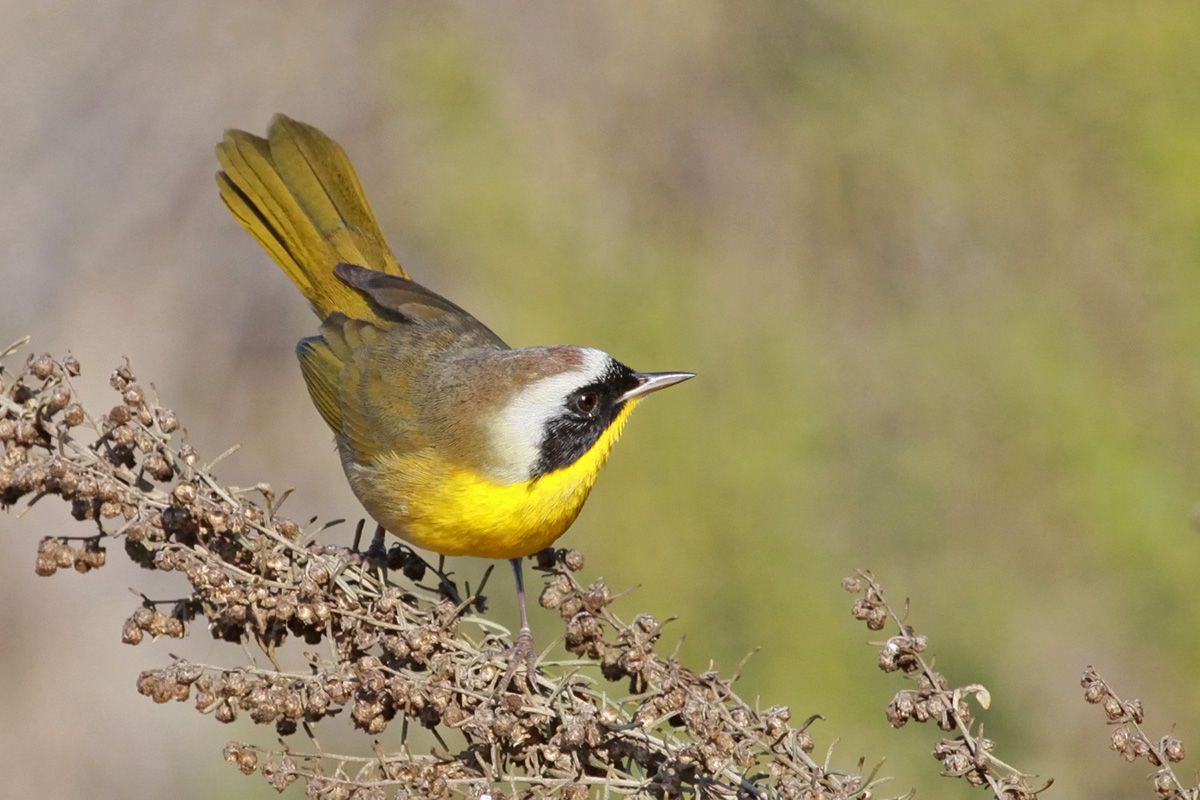
The Sea and Sage Audubon Society Conservation Committee has been a cornerstone of our chapter’s activities and successes since our incorporation in 1958. The Conservation Committee strives to meet the chapters’ Mission to “protect birds, other wildlife and their habitats…”. To accomplish this, we focus our efforts on campaigns and topics that have the most potential to make positive impacts on birds and habitats in Orange County and beyond. We have a large committee of very dedicated conservationists and birders that work as a team to protect our local environment, conserve open spaces and natural resources. Our approach is to advocate responsibly, courteously, honestly, to be persistent and to speak with authority, backed by facts.
Monthly Conservation Committee Meetings
Conservation Committee Meetings are conducted by Zoom on the first Tuesday evening of each month, except July.
Meetings begin 6:45 pm, doors open (virtually) at 6:30 pm. For more information contact Susan Sheakley at 949-552-5974, or email her at susansheakley@cox.net
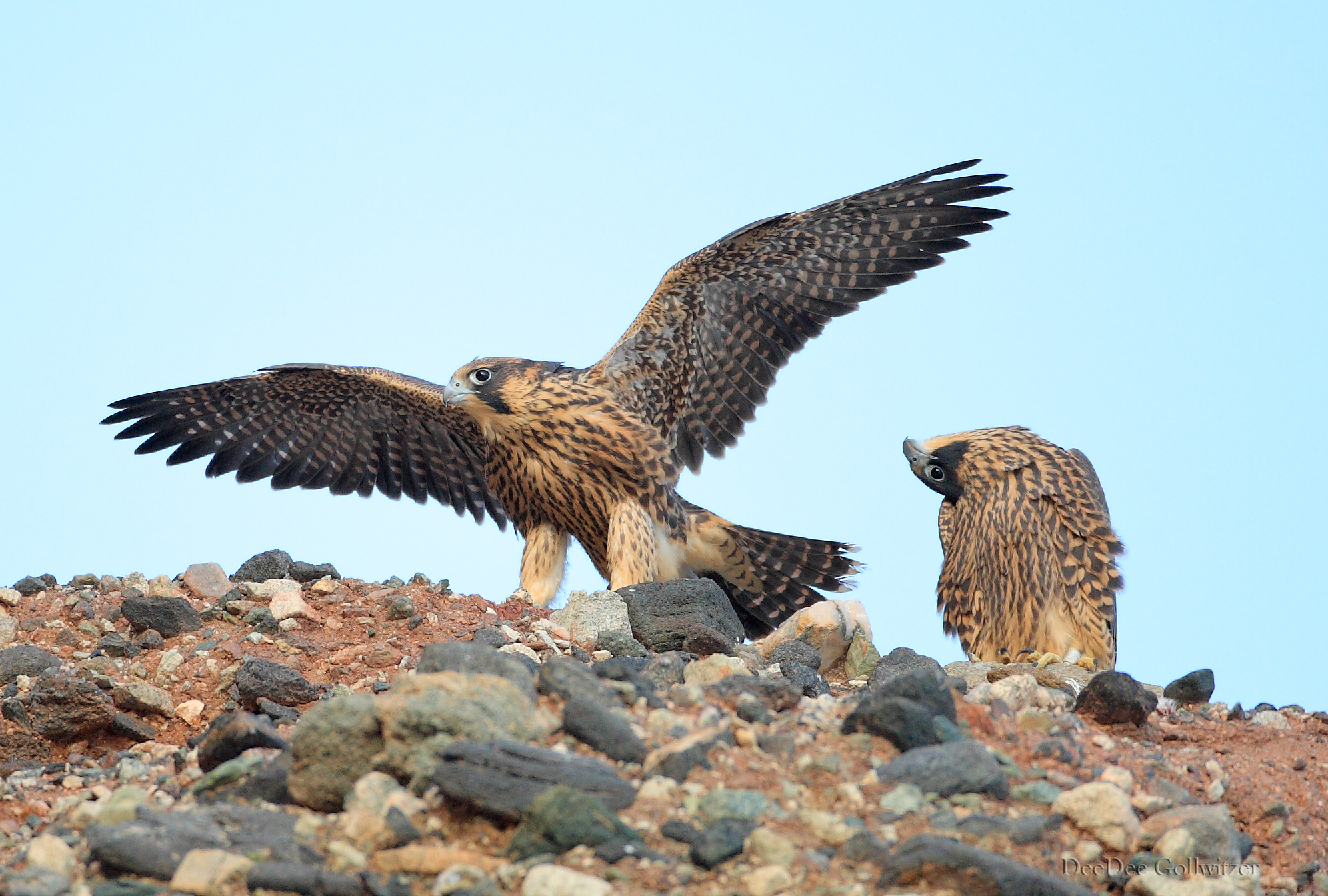
Conservation Contacts
Susan Sheakley, Conservation Committee Chair:
(949) 552-5974
Email susansheakley@cox.net
Scott Thomas, Conservation Vice-chair:
(949) 293-2915
Email redtail1@cox.net
Conservation Subcommittees:
Vic Leipzig, Legislation and Advocacy:
(714) 848-5394
Email vicleipzig@aol.com
Chris Byrd, Tackling Climate and Trash:
(714) 639-0967
Email webyrd@sbcglobal.net
4th Tuesday Conservation Lectures

The Conservation Committee presents the 4th Tuesday Conservation Lecture Series. These lectures give scientists, naturalists, conservationists, and other special guests the opportunity to speak to us about their projects, research, and passions about birds, other wildlife, and habitats and other environmental issues.
4th Tuesday Conservation lectures are currently being presented virtually by Zoom
Please join us each month for an informative discussion about conservation and science.
You can see the next lecture announcement in What’s New or find it in the Meeting Calendar
Meetings begin 7:00 pm, doors open (virtually) at 6:30 pm.
Register to Sign-up for the 4th Tuesday Conservation Lecture Mailing List
Bird Friendly Communities
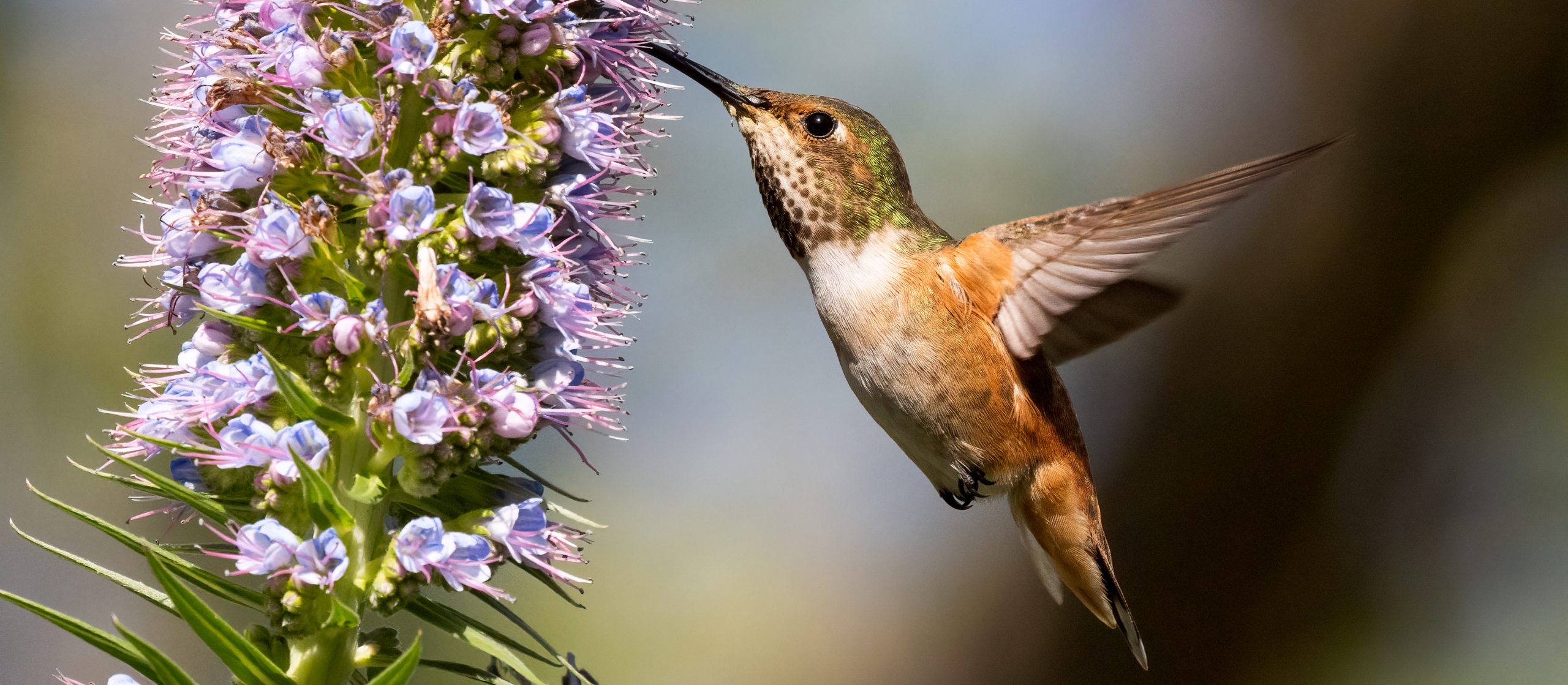
This Page in Development
- Tree Trimming and Urban Sanctuaries
- Bird Strikes (Birds and Glass)
- Research
- Outreach
- Lights Out
- Bird and Photography Etiquette
- Rodenticides
- Wildlife Rehabilitators
- What to do Nesting Birds
- Laws Protecting Birds
Tree Trimming
Sea and Sage Audubon Society
Protection of Nesting Birds
“Sea and Sage Audubon Society’s Mission is to protect birds, other wildlife, and their habitats through education, citizen science, research, and public policy advocacy”.
To meet these goals, we fully support laws, policies, and sensible management practices that protect birds and their nests from harm, harassment, damage and destruction, especially during the nesting season.
Sea and Sage’s Tree Trimming Policy
Sea and Sage Audubon Society advocates that the best way to protect birds, their nests, and their habitats is to avoid tree trimming and major landscape projects during the breeding season (roughly March 15 through August 15). We share our gardens, landscapes, parks, greenbelts, and open spaces with wild creatures, and if we want preserve nature for them, and especially for birds, we must provide sanctuaries for their most basic needs.
Scientists estimate that in the last 50 years bird populations world-wide have declined by a third, or nearly 300 million birds. The reasons are many and complicated, but part of the decline is caused by human-related disturbances to breeding birds and the outright destruction of nests.
Every year, untimely tree trimming and other outdoor projects impact birds and other animals when they are the most vulnerable. Despite our best efforts to avoid impacting nests, it is almost impossible to trim trees or conduct major landscape work during the breeding season without impacting breeding success. Birds are intentionally secretive about where they build their nests so that nests are hard to find, even for trained specialists and arborists. There are hundreds of species of birds in Southern California using a wide variety of strategies to hide their nests. They can be built deep in trees or out on the edges, inside shrubs, in the grass, on the ground, on cliffs, and on manmade structures. They range in composition from stick nests to cavities to simple scrapes in the sand. They come in all different sizes, from very small, well-camouflaged nests to large, obvious structures. They can be found in every landscape and habitat in Southern California. There are just too many possibilities to avoid them all when trimming or removing trees and other landscape features.
Trimming during the breeding season not only risks the outright destruction of occupied nests, it also reduces the resources birds and other wildlife need to survive and breed successfully. Dense trees and shrubs are necessary commodities for birds, especially during the breeding season. Thinning or completely removing important trees and habitats during the breeding season, even in yards and urban areas, can be just as damaging as cutting down the nest.
For these reasons Sea and Sage promotes conducting tree trimming and major landscape work outside the breeding season whenever possible.
Best Management Practices
These guidelines for management practices will help protect and benefit birds and keep your trees, gardens and landscapes healthy.
Inspect and Survey for Nests. It is imperative to inspect trees and landscapes prior to trimming or doing major landscape work. Most birds in Southern California breed between February 15 and August 15, with a peak in activity between March 15 and June 15, but many species start early or go later, and a few species such as hummingbirds and some owls can breed year-round. Always look for birds and nests before working. If needed, especially in sensitive habitats or where sensitive birds might nest, consider hiring a trained ornithologist or other bird expert to help survey for occupied nests.
Hire a Certified Arborist. It is always best to hire certified arborists that will help protect birds and the health of the trees and other habitats.
Trim Responsibly. In most cases trees and large shrubs should only be thinned (laced) and rarely or never topped or severely cut back. Trimming responsibly on a regular schedule, such as lacing every 3-4 years (during the fall) helps avoid over-cutting, allows for important regrowth of the tree, and helps retain breeding habitat for birds. A qualified arborist can help you design a well-balanced maintenance schedule that is best for your trees and the birds that use them.
Wildlife Friendly Trained Arborists and Landscapers. When possible, hire arborists that are specifically trained in best practices to protect birds and other wildlife. Tree Care for Birds and Other Wildlife promotes good tree care and can help you find specially trained arborists to help you protect birds and promote healthy trees and habitats.
Plant Bird Friendly Landscapes. Planting and maintaining gardens and landscapes that contain bird friendly trees and shrubs, including native plants, is important. Check with your local nursery to find trees and plants that are non-invasive, provide nectar and seeds and are drought tolerant. See Planting with Natives, visit Tree of Life Nursery for tips and the purchase of native plants, and visit Rogers Gardens in Newport Beach for help with designing bird friendly gardens. And remember, healthy and full trees provide much needed natural shade and cooling in a warming world.
Leave Cavities and Perches. When it is safe and feasible, try to leave snags and cavities for nesting and perching birds. Visit Cavity Conservation Initiative for more information
Trimming During the Breeding Season. While Sea and Sage Audubon Society does not promote tree trimming during the breeding season, we recognize that it does happen. When tree trimming or other significant landscape work is necessary and cannot wait until before or after the breeding season, it is imperative to inspect the trees and hire wildlife-friendly, certified arborists for the project. See Tree Care for Birds and Other Wildlife.
Laws Protecting Birds and Nests
There are many laws that protect birds and their nests from harm. Most of these laws are written to protect birds and their nests from intentional or negligent abuse. Both state and federal laws prohibit the destruction of birds, their nests, and eggs and chicks. Sea and Sage and others work to educate the public, landowners and tree care companies to be proactive and not break the law. It is important to do everything possible to let the right people know (landowners, property managers, city officials, etc.) about active nests in advance and before problems occur. Laws and regulations protecting birds include the following:
- Migratory Bird Treaty Act “The Migratory Bird Treaty Act (MBTA) prohibits the take (including killing, capturing, selling, trading, and transport) of protected migratory bird species without prior authorization by the Department of Interior U.S. Fish and Wildlife Service.”
-
California State Code 3503 “It is unlawful to take, possess, or needlessly destroy the nest or eggs of any bird, except as otherwise provided by this code or any regulation made pursuant thereto.”
- California State Code 3503.5 “It is unlawful to take, possess, or destroy any birds in the orders Falconiformes or Strigiformes (birds-of-prey) or to take, possess, or destroy the nest or eggs of any such bird except as otherwise provided by this code or any regulation adopted pursuant thereto.”
If you think someone is trimming illegally or negligently, the most important thing to do is to try to inform the person in charge and try to help them stop the problem. If the problem continues, it is critical to document any suspected violations and report them to the proper authorities such as CDFW CalTIP.
Protections for Trees. While birds and active nests (a newly built nest or a nest occupied with eggs or chicks) are protected, the trees containing these nests are generally only protected by default because of the presence of an active nest. With few exceptions it is generally not illegal to trim or remove most trees when they do not contain active nests. In rare instances, historical nest trees used by sensitive species, or trees that are in themselves sensitive (such as coast live oaks) may be protected, but always check with local authorities such as the California Coastal Commission or local city managers.
Planting Native and Bird Friendly Gardens

This Page in Development
Conservation Awards

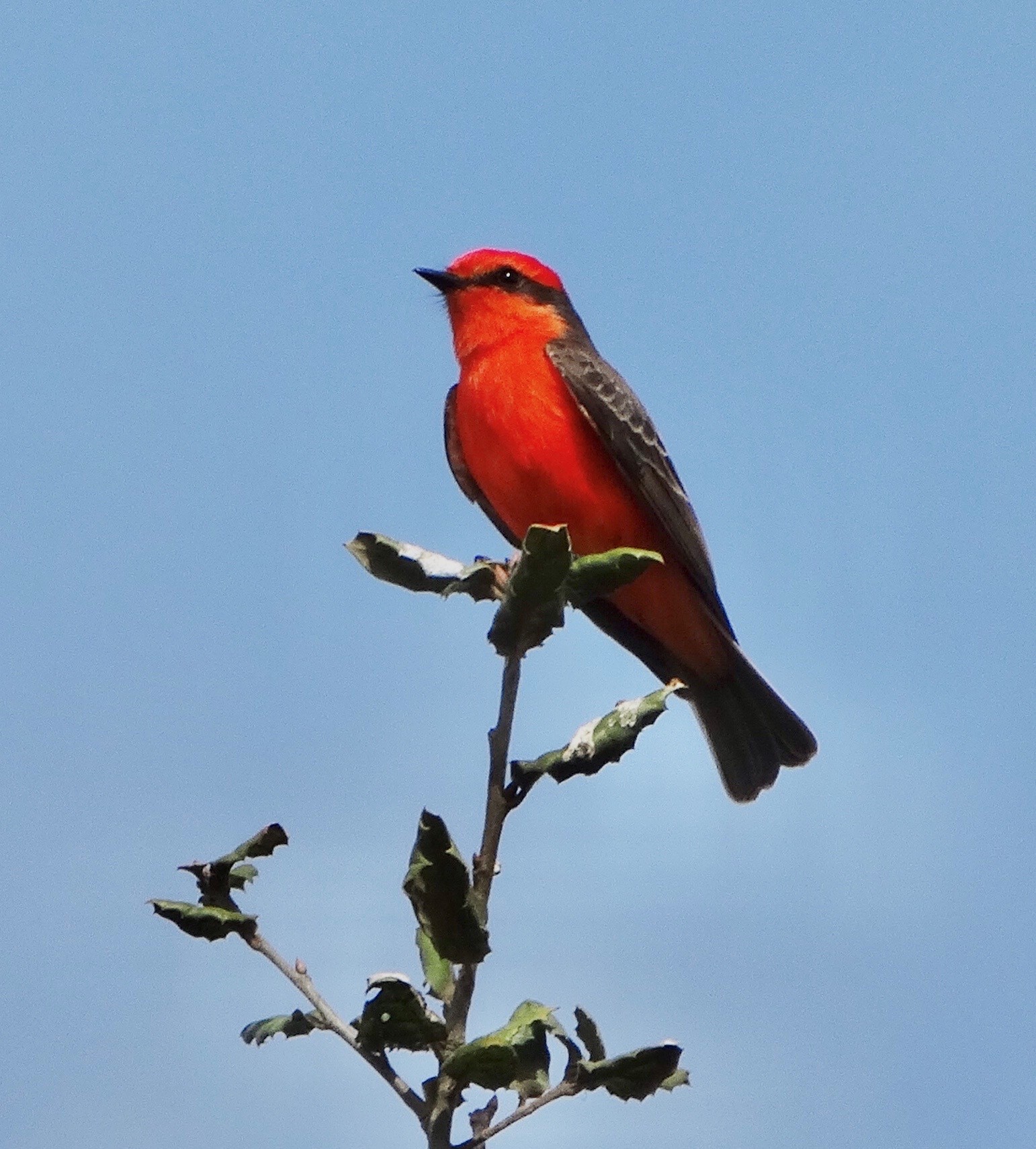
Photo by Doug Lithgow
Conservation Award Presentations
Each year since 1967 the Conservation Committee presents the Fern Zimmerman Conservation Award and Letter (s) of Commendation to individuals or organizations that have made noteworthy contributions to the protection of habitats, natural resources, birds, and other wildlife in Orange County (and occasionally beyond).
2024 Fern Zimmerman Conservation Award
Melissa Borde for her many contributions to the protection of the Bolsa Chica Reserve with a particular emphasis on the implementation of the Bolsa Chica Reserve Watch Program. As the Reserve Manager and Environmental Scientist at Bolsa Chica Ecological Reserve, Melissa manages one of the largest and last remaining coastal wetlands in Southern California. She oversees daily operations, infrastructure maintenance, biological monitoring and surveying of threatened and endangered species, and other tasks. To also bring together the three Bolsa Chica non-profit groups, along with Sea and Sage Audubon, to create the Watch Program, a collaborative, volunteer effort to help nearly 100,000 annual visitors better understand and respect the reserve, is a great achievement.
2024 Letters of Commendation
Fern Zimmerman
The Conservation Award is named in honor of Fern Zimmerman, one of the chapter’s all-time most inspirational and enthusiastic members. Fern was a true conservationist, grass roots organizer, and leader who contributed greatly to the development of Sea and Sage Audubon Society. She helped us find our voice in the world of environmental advocacy and bird conservation.
Fern first visited the chapter as her sister’s guest in 1947, and for the following fifty years she left her passionate and unswerving imprint on Sea and Sage. Many of the chapter’s early Conservation Committee meetings were organized by Fern and held in her living room. Many of our leaders were recruited by her. She was a constant source of optimism about our ability to effect change in our environment, especially in the protection of open spaces.
In 1997, shortly after Fern’s passing, Sea and Sage Audubon decided to name the conservation award the “Fern Zimmerman Conservation Award” in honor of one of our most cherished members and conservationists.
Click to read “Fern Zimmerman, A Personal Remembrance” by Sylvia Gallagher.
Legislation and Advocacy Subcommittee

The Conservation Committee has a subcommittee on Legislation and Advocacy that tracks bills on environmental issues as they work their way through the legislature. This gives Sea and Sage leaders the opportunity to submit letters of support or opposition to the bills.
Subcommittee volunteers communicate regularly with elected officials to convey our chapter principles as well as our views on specific issues. We build strong working relationships with officials whenever possible.
The subcommittee meets (by Zoom) on the last Sunday of each month at 4:30 PM. For information on how to participate, please contact:
Vic Leipzig, vicleipzig@aol.com
Susan Sheakley, susansheakley@cox.net
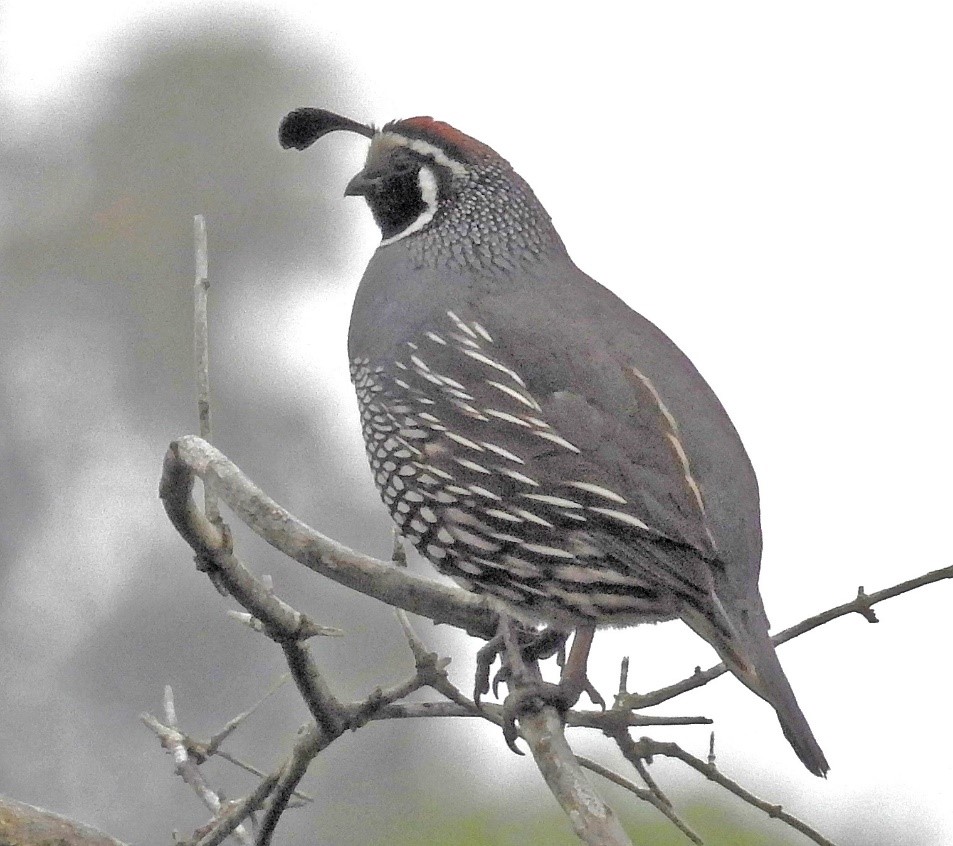
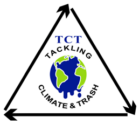
Tackling Climate and Trash Subcommittee
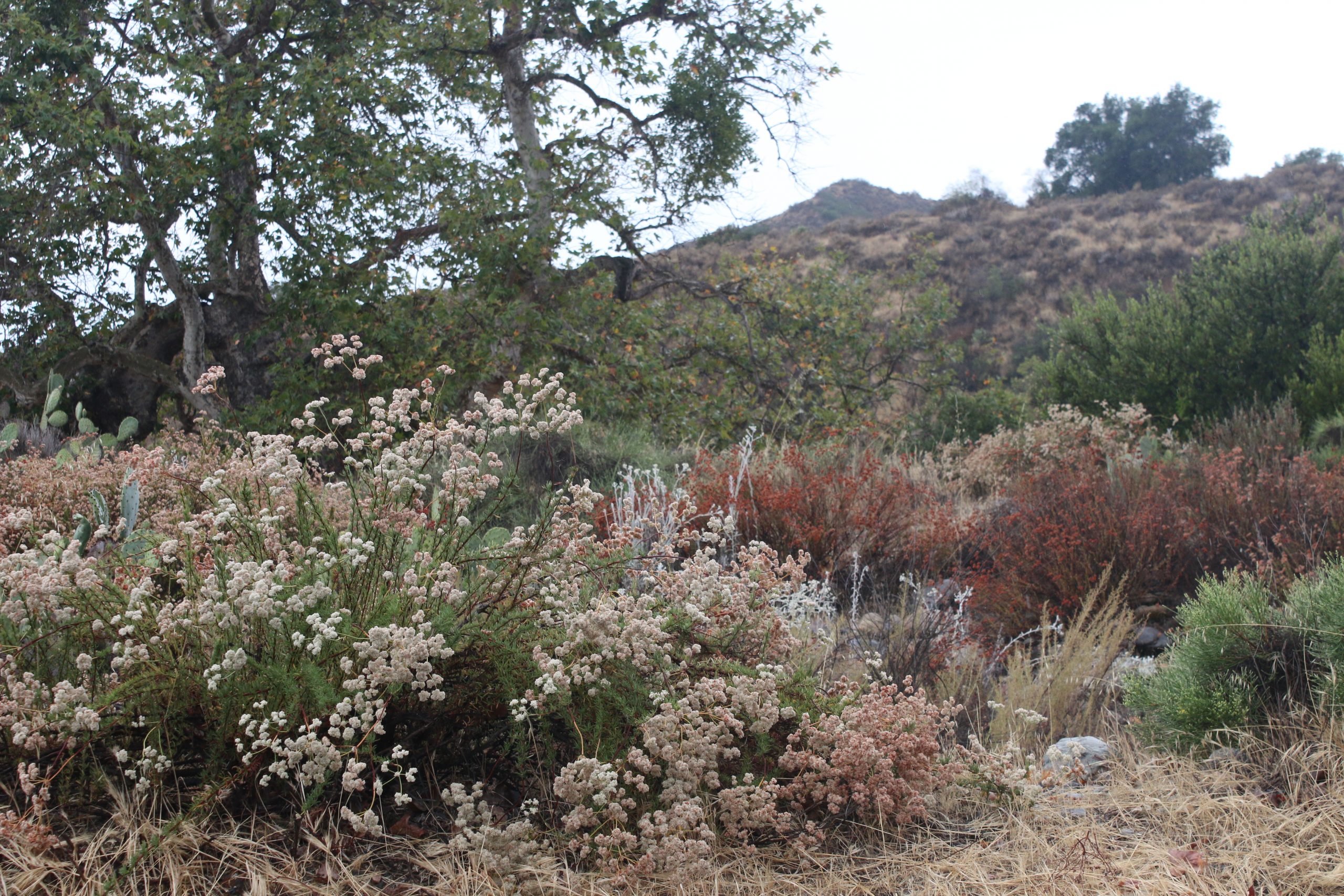
Let’s work together to save beautiful habitats like this!
We believe that climate change is the #1 threat to birds. We will strive to educate ourselves and our community about issues impacting climate at all levels, including habitat creation and preservation, personal choices, organizational decisions, and public policy. We will advocate for public policies and legislation that address sustainable energy sources, reducing waste and single use plastics, improving recycling, and in other ways reduce the release of greenhouse gases.
Sea and Sage Audubon Society Climate Goal 2022
The newly formed Tackling Climate and Trash (TCT) Subcommittee seeks to identify actions that the chapter, the Conservation Committee and individual members can take to address the climate crisis, to reduce our impacts on global warming and to reduce our use of fossil fuels. An important focus of the subcommittee is actions that individuals can take – things that we can do in our homes, in our yards, and with our cars and transportation to reduce our use of fossil fuels. Reducing food waste, decreasing plastic use, and recycling are examples of personal actions that are feasible and affordable, but there are many more. We will also consider how we can influence climate-friendly changes in the organizations in which we participate, and we will follow the progress of climate-related legislation, both state and federal, making advocacy recommendations to the Conservation Committee regarding public policies that address the climate crisis.
We invite you to join us in our efforts!
Tackling Trash – What’s New
Please join us at our monthly TCT meeting
Third Thursday, 7:00 PM via Zoom
For more information and a meeting link,
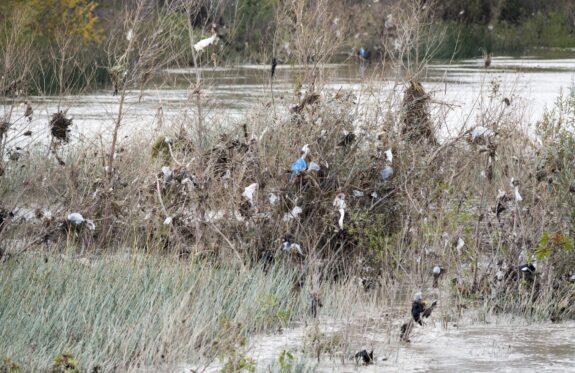
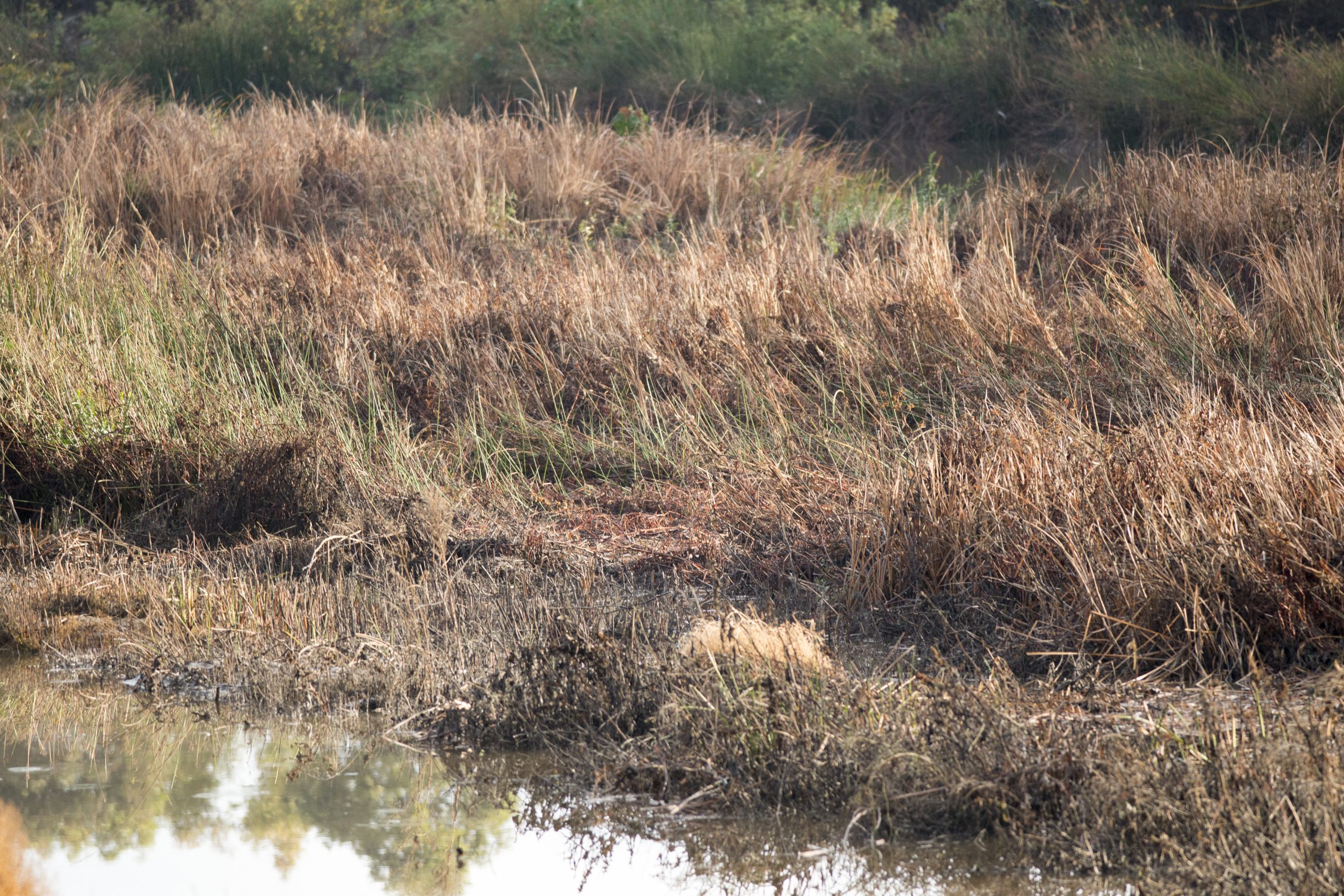
San Diego Creek Near Audubon House, Before and After the Plastic Bag Ban
photos by Sandrine Biziaux-Scherson

Endangered and Sensitive Species

The Conservation Committee is dedicated to chapter’s mission of protecting birds, other wildlife and their habitats, however the committee often prioritizes the protection of sensitive species such as: California Least Terns, Western Snowy Plovers, California Gnatcatchers and other listed species found in Orange County.
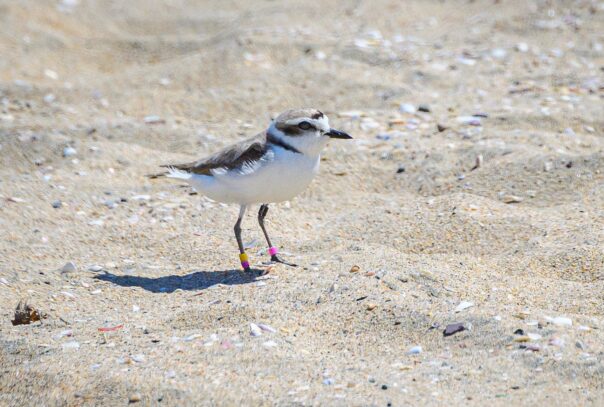
California Least Tern
Federally Endangered Species
Huntington State Beach Least Tern
Natural Preserve Docent Program
Volunteer Docents Needed
Volunteer docents are needed to help monitor breeding California Least Terns and conduct outreach at the Huntington State Beach Least Tern Natural Preserve to help protect the terns and educate the public about the preserve. Docents may also monitor Western Snowy Plovers that sometimes frequent the preserve and beach in front of the preserve. The preserve is located at the North side of the Santa Ana River at Huntington State Beach, accessed from the Magnolia Street, State Park Entrance.
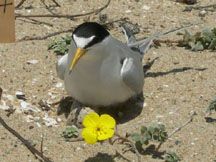
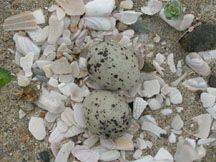
Docents are needed from May through early-August. Terns begin arriving at the preserve in small numbers as early as mid-April. By the middle of May, the preserve can contain as many as 2-3 hundred nesting pairs of terns within the fenced area. Occasionally, Snowy Plovers also attempt to nest within the preserve or in front of the preserve. Docents will monitor and interact with the public outside the fenced preserve to protect terns and plovers within the preserve and on the beach in front of the preserve.
The primary role of the volunteer docent is to monitor for any harmful activities and to be a positive educator to the public. Information about the birds is generally very well received by the public. Docents will receive a short training session, on-site training, an instruction manual, a parking pass, and all information and materials needed (just bring your own chair and binoculars).
Volunteer shifts are generally scheduled for 2 hours during daylight hours. Docents should be able to walk all the way around the preserve at a slow pace – about 0.5 miles.
If you enjoy watching shorebirds, this is a great opportunity to study and learn more about these fascinating birds at close range, right at a local OC beach. All volunteer docents will become official California State Parks volunteers and will receive a parking pass, CA State Parks hat, tee-shirt, and Volunteer badge.
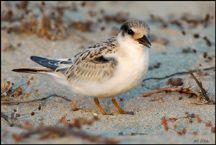
Contact the Volunteer Coordinator if you would like to help with this project. Lana.Nguyen@parks.ca.gov
Project Materials
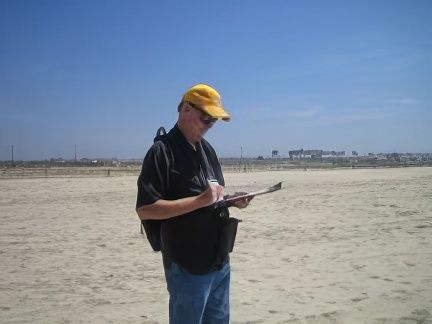
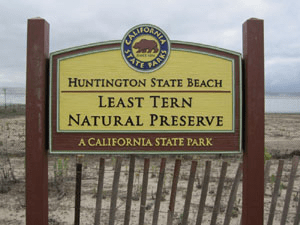
The California Least Tern and the Western Snowy Plover in Orange County
by Cheryl Egger
Revised June 1, 2022
Even though the endangered California Least Tern and the threatened Pacific Coast population of the Western Snowy Plover prefer the similar beach habitats for breeding, they require different approaches for protection from predators and human interference. Historically, both of these species were abundant along the Orange County beaches. Both species nest in the sand by scraping a small depression with their belly and lining it with pieces of shells, stones, or fragments of nearby substrate. Least Terns typically nest colonially, while plovers are more independent. The eggs and chicks of both species are speckled, so the nest, eggs and young are extremely well camouflaged and can be easily stepped on. Both species breed during spring and summer, coinciding with heavy beach activity. Due to human disturbance, loss of habitat to development, and the increase of predators brought with urbanization, there has been a decline of useful breeding habitat for Least Terns and Snowy Plovers. The remaining breeding areas are fragmented, concentrated, and surrounded by development or human recreational activities, making management and predator control essential.
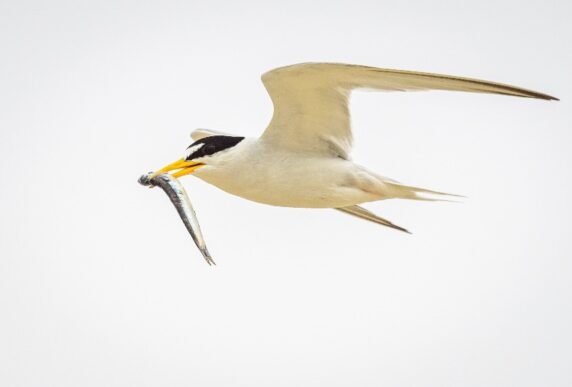
In Orange County there are only five breeding colonies of Least Terns: Bolsa Chica Ecological Reserve, Huntington State Beach, Upper Newport Bay, Seal Beach National Wildlife Refuge, and Burris Basin. The Snowy Plovers are breeding consistently only at Bolsa Chica Ecological Reserve. However, in recent years the plovers have nested on a few Orange County beaches. All of these nesting areas require close monitoring and management for success.
The Least Terns are migratory and are colonial nesters. They have an interesting defense system of their own against predators. Up-flights of large numbers of terns from the colony dart through the air, diving at the intruder, while calling loudly and even defecating on the intruder (docents need to wear hats). The tern parents make shallow dives from the air for small fish along the near waters of the coast and its estuaries to feed their young, making the adults and young vulnerable to fish abundance, and oil spills. They bring the fish back to the colony to their semi-precocial young. In a fenced-in colony, the young will wander about, but are restricted to the colony until they are able to fly over the fence. Low, fine meshed “chick fencing” keeps the chicks and pre-fledglings from wandering out where they could easily be stepped on or predated. These fences provide some protection from terrestrial predators and humans, but not from avian predators. Areas along the shore are also needed by the terns for the adults to teach the fledglings how to fish and for all of them to loaf. The beach location of the colony at Huntington State Beach is heavily used by people, constantly disturbing and distressing the birds. However, this colony has been one of the most successful in the state. The fledglings and adults disperse both north and south along the coast, possibly to find locations where disturbance is minimal, to have a place for the parents to begin teaching the fledglings how to “fish”, before migrating south.
The Western Snowy Plover is not migratory but disperses along the coast in winter. Our local beaches are home to Snowy Plovers from Orange County and other locations in the winter. This species faces even more challenges to a successful breeding season. They nest individually or in very loose colonies, with nests spaced further apart than the Least Terns. The young are precocial and run about within a few hours of hatching. They need to be able to leave their nest area in search of food, so an enclosed preserve such as those provided for some tern colonies would not be an option for the plovers. Their feeding method is to run and glean. They glean invertebrates from the wet or dry sand or wave-tossed kelp. Over the years, as the plovers became increasingly disturbed by people using the same habitat, they stopped nesting and raising young on Orange County beaches.
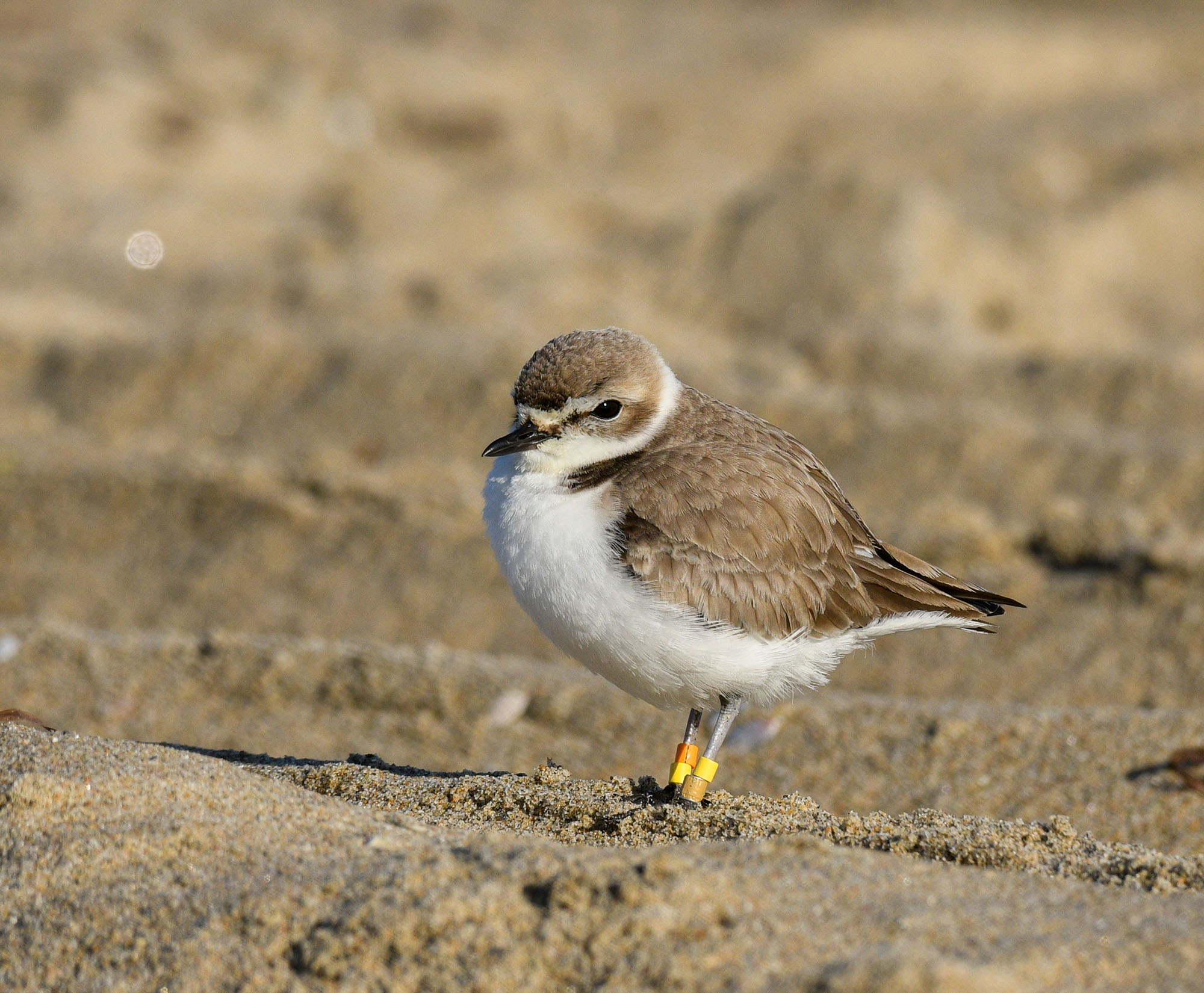
In Orange County, Snowy Plovers have nested successfully on protected habitats within the Bolsa Chica Preserve for decades. In recent years small numbers of Snowy Plovers have also made a return to the sandy beaches in Orange County. Officials have erected semi-temporary post & cable barriers around habitats areas preferred by plovers for breeding, called Plover Protection Zones (PPZs). Two of these PPZs are within a mile of the Least Tern Natural Preserve at Huntington State Beach, another is located near the P.C.H entrance to Bolsa Chica State Beach. Occasionally plovers’ also nest in front of and within the Least Tern Preserve and frequently use this area for many other activities, including foraging and rearing young plovers.
The Snowy Plover breeding population at Bolsa Chica Preserve is closely monitored. Whenever possible, when an active nest is found in Orange County, a wire mini-exclosure (“ME”) a small protective cage, is put over it. These MEs help reduce nest predation by preventing access by most predators, but have large enough openings to allow the plovers to get out. The plovers do not stay at the protected nest after the young have hatched. Both the adults and chicks are vulnerable to the abundant predators in the area as soon as they venture outside of the ME.
The Pacific coast population of the Western Snowy Plover population is unstable and very low overall in its entire range, even with active management. Sea & Sage Audubon conducts quarterly surveys of our beaches to determine where and how Snowy Plovers use our beaches. For more information about joining the Snowy Plover Survey Team, please see the Orange County Snowy Plover Survey section of the Sea and Sage website or contact the Volunteer Coordinator at: OCSNPLSurvey@gmail.com
Through a partnership with California State Parks and Sea & Sage Audubon, a volunteer docent monitoring effort for the Least Terns began in 2005 at the Huntington State Beach Least Tern Natural Preserve. After completing orientation, training and a Live-scan process, volunteers for this program become State Parks Volunteers and observe the terns nesting, chick rearing and fledging firsthand. All observations are recorded and serve to help the management of this colony. As a docent, you will be an ambassador for these very special birds.
If you would like to help with the Least Tern docent/monitoring project at Huntington State Beach, please contact the Volunteer Coordinator at: Lana.Nguyen@parks.ca.gov . Our season kick-off is usually the third week in April, just about the time the Least Terns return to the Preserve to get ready to begin nesting. The terns have usually headed south by mid-August. Please join the excitement! This is a valuable program for the future of these birds. They are amazing and beautiful to watch, and the chicks are adorable!
Now, more than ever, citizen science programs are important and Sea and Sage Audubon is pleased to offer programs for both Least Terns and Snowy Plovers.
Literature Cited in the above article:
5-Year Review, California Least Tern, USFWS
5-Year Review, Short Form Summary, Pacific Coast Population of Western Snowy Plover, USFWS
Birds of North America Online, Snowy Plover and Least Tern Monographs
Draft, California Least Tern 2006 Summary Table, USFWS
Life at the Ocean’s Edge, The Western Snowy Plover and the California Least Tern, Video, produced by La Purisima Audubon Society and Pygmy Mammoth Productions, 1999
Listed Bird Species, Western Snowy Plover, USFWS, AFWO, Endangered Species Branch
Personal Communication, P. Knapp
Personal Communication, D. Pryor
Personal Communication, S. Thomas
Personal Communication, L. Nguyen
Western Snowy Plover – Sharing the Beach, California State Parks
Western Snowy Plover Nesting at Bolsa Chica, Orange County, California 2004, J. Fancher, P. Knapp, L. Hays, USFWS, Jan. 2005
Western Snowy Plover to Retain Threatened Status, USFWS, April 21, 2006
Orange County Western Snowy Plover and
California Least Tern Survey

Survey Outline
Through grants and support from the US Fish and Wildlife Service, California Department of Fish and Wildlife, and Los Angeles Audubon Society in collaboration with Nature Nexus Institute, Sea and Sage Audubon Society conducts important surveys of threatened Western Snowy Plovers and endangered California Least Terns on Orange County Beaches. The goals of these beach-wide surveys, initiated in 2013, are to gather important spatial and temporal data on plovers and to provide information in greater detail than was available before on how wintering and breeding plovers use our local beaches.
In 2017, the San Diego Zoo Alliance supported initial efforts to expand the plover surveys to include the California Least Tern. We continue to include least terns in our surveys to learn more about how they use our beaches and estuaries for pre-nesting behaviors and post-nesting dispersal, to track marked terns, and to evaluate potential nesting habitats away from known colonies.
The project follows a standardized protocol used in other coastal California areas. Data from our surveys and data collected at other sites in Orange County, such as Bolsa Chica Ecological Reserve, informs USFWS Recovery Plans for these species.
Beach-wide surveys are conducted four times per year. The Lead Biologist for the project is Tom Ryan of Ryan Ecological Consulting, who manages protocols, survey efforts, and data analysis. Additional monthly roost surveys are conducted by Field Technicians & Biologists assigned to the project. Biologist Stacy Vigallon with Nexus Nature Institute leads overall project training and public outreach efforts and coordinates survey dates and operations. Sea and Sage manages and conducts the Orange County surveys, local public outreach, volunteer training, assignment of beach segments, and the processing data collected from our surveys.
Volunteer for a Survey
To inquire about conducting surveys and signing up for training, please review the Survey Schedule below and scroll down to Training if you haven’t completed the course. Then, please email the Orange County Volunteer Coordinator at ocsnplsurvey@gmail.com for questions about the project, to schedule training, and to sign up for a beach segment.
Volunteers are expected to provide binoculars, attend a training session, learn the survey protocol (you met this requirement if you attended any of our previous training sessions), and conduct surveys on assigned sections of the beach during the survey window. It takes about 1.5 to 2 hours to survey most beach segments. The Volunteer Coordinator will make beach segment assignments based on experience, volunteer interest, training completion, and the volunteer’s geographic location.
Getting out on the beach and conducting these critical surveys is truly enjoyable. It is a fun way to help threatened and endangered species that rely on our local beaches. Thank you in advance for helping with this important project!
Survey Schedule
SURVEYS are conducted in January, March, May, and September.
2024 Surveys:
January – Completed
March – Completed
May – Completed
September – September 11th to 22nd
Email the Volunteer Coordinator at ocsnplsurvey@gmail.com for questions about the project, to schedule training, and to sign up for a beach segment.
Beach Assignments
There are 22 beach segments, starting north at Seal Beach and going south to San Clemente State Beach. Google Earth maps showing and describing the survey routes are provided and listed in the link below . Beach assignments will be approved and assigned by the Volunteer Coordinator, which may delay appearing as Assigned or Open on the webpage.
Beach segments are assigned per the protocol, prioritizing volunteer experience, volunteer interest, training completion, and the volunteer’s geographic location. Ideally, at least two surveyors will survey each beach segment. However, in special circumstances, one person (with sufficient experience) may cover smaller segments (with advanced authorization). If you want to sign up for a beach segment for the next survey period, select a beach using the link below and contact the Volunteer Coordinator at ocsnplsurvey@gmail.com to request your choice.
Approved volunteers can choose the day and time to conduct their survey within the official period. Please contact the Volunteer Coordinator at ocsnplsurvey@gmail.com if you have any questions.
2024 Training
The next online training is Thursday, September 5th, 630-830pm.
If you have not attended a training session, please sign up on our interest list by contacting the Volunteer Coordinator at ocsnplsurvey@gmail.com
Survey Protocol
Please download and read the Survey Protocol (revised 2024) before you attend the training session or your assigned survey.
Survey Forms
Please download the WSPL Survey Data Form (rev 2024) and the Bird Survey Form (rev 2024). Please bring a copy of the survey form with you on your survey.
Within 24 hours of completion of a survey, please scan and email your completed survey form to ocsnplsurvey@gmail.com
Western Snowy Plover Information
- About the Western Snowy Plover
- Western Snowy Plover Photo Essay
- Why Save the Western Snowy Plover?
- Western Snowy Plover Natural History Facts
- From Eggs to Chicks by Cheryl Egger
- Sharing the Beach with Western Snowy Plovers – California State Parks
- A Day at the Beach and Western Snowy Plovers by Jess Morton
Orange County Western Snowy Plover Protection Plan
California State Parks Beaches (Huntington State Beach, Bolsa Chica State Beach, San Onofre State Beach)
This Page in Development
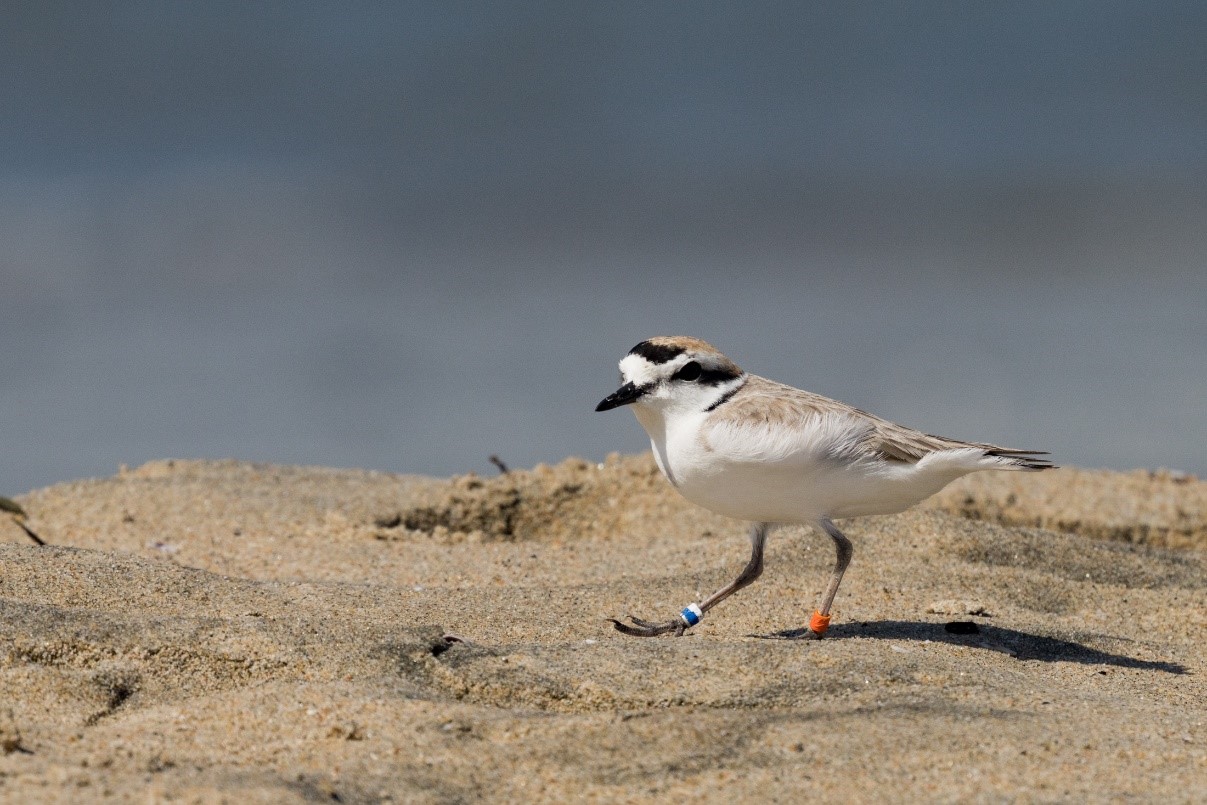
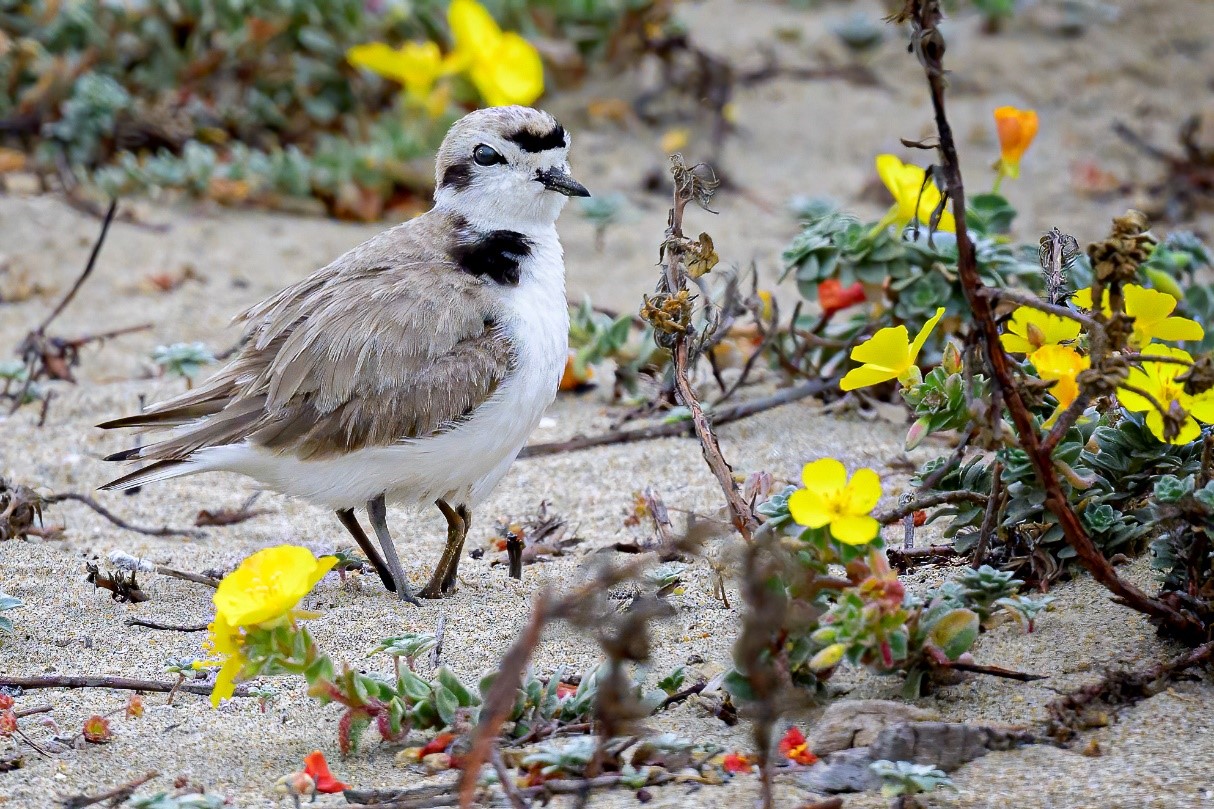
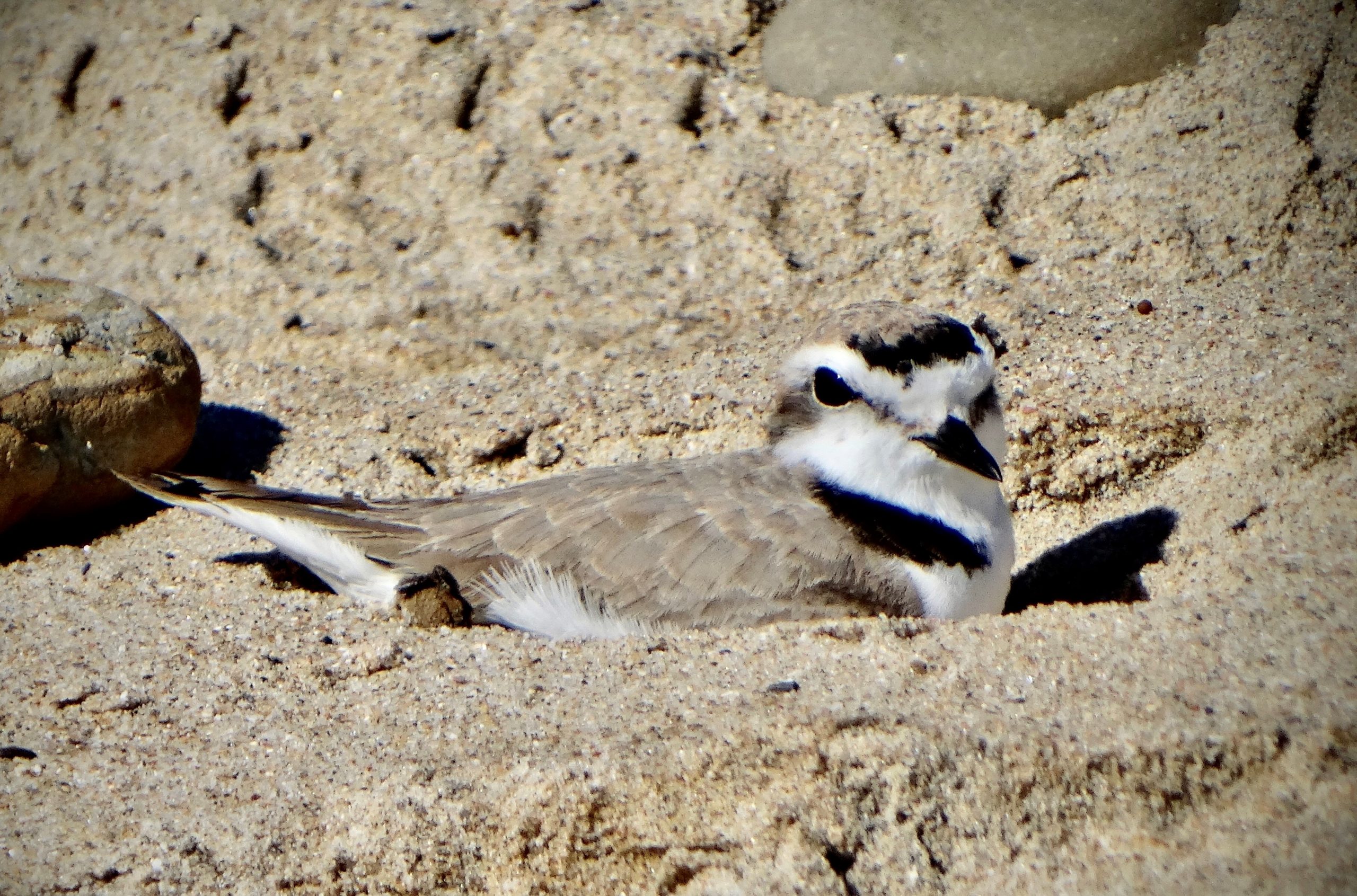
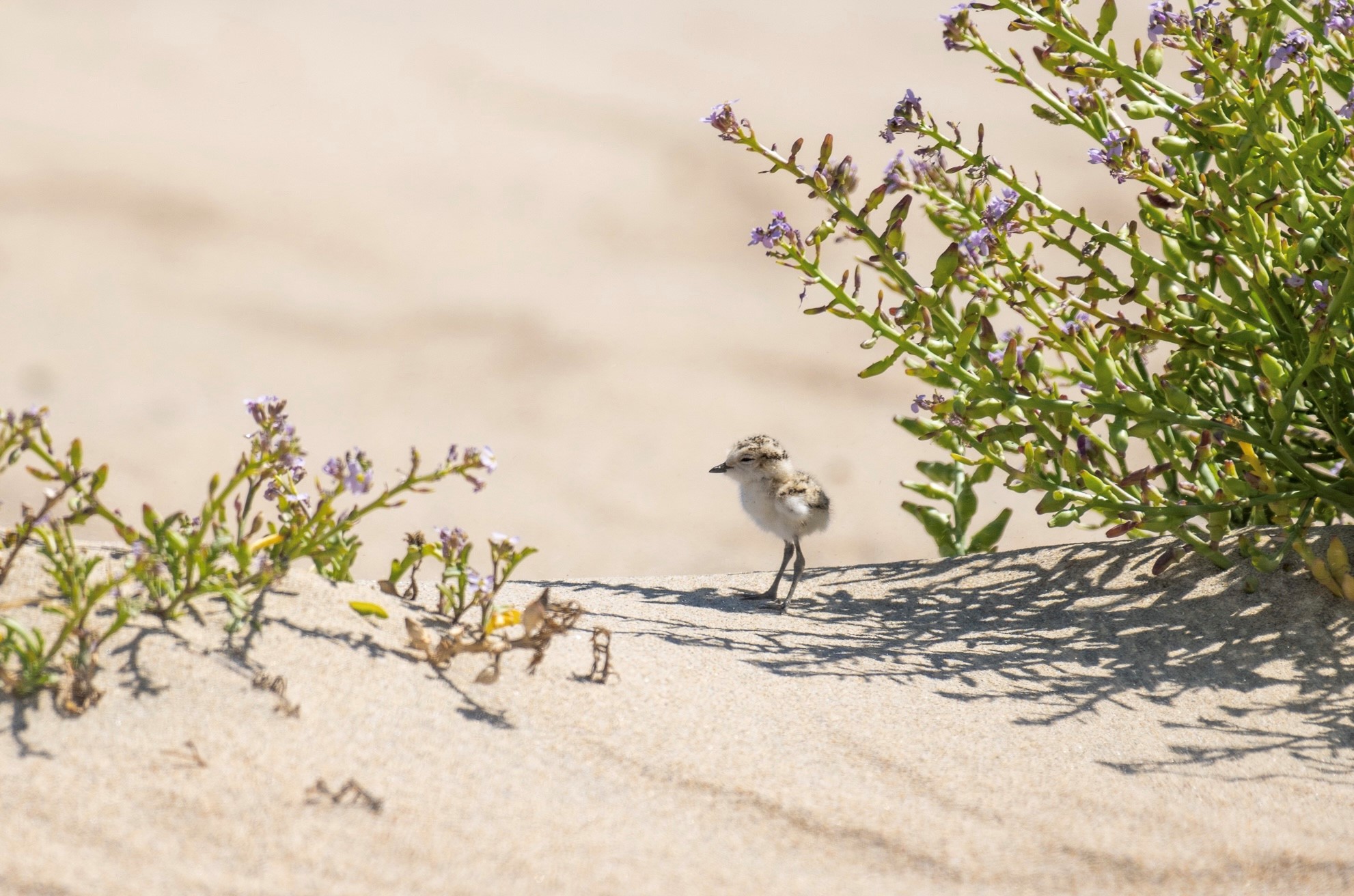
Newport Beach Western Snowy Plover Projects
This Page in Development
White-tailed Kite Conservation
White-tailed Kite (Elanus leucurus) is a California Fully Protected Species that occurs throughout the Americas and is often considered widespread and common. However, it is becoming increasingly uncommon in some of its range, especially in southern California.
The Sea and Sage Audubon Raptor Research and Conservation Committees work to track the remnant populations that still roost and breed sparingly in Orange County. If you have information on the location of kites, especially nesting pairs and roost sites in Orange County, please contact Scott Thomas (redtail1@cox.net) and see the Raptor Research Page for more information.
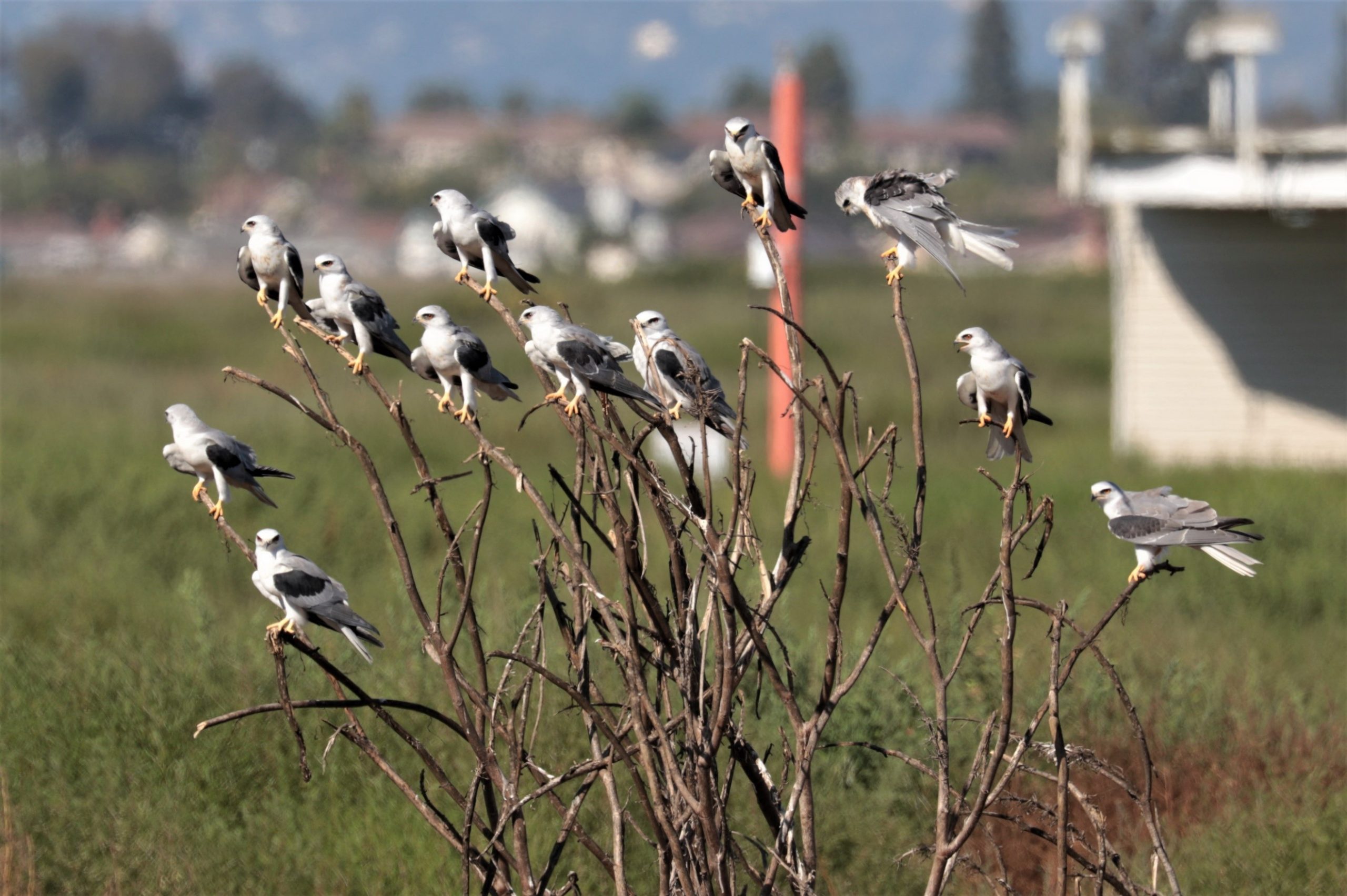
California Gnatcatcher Conservation
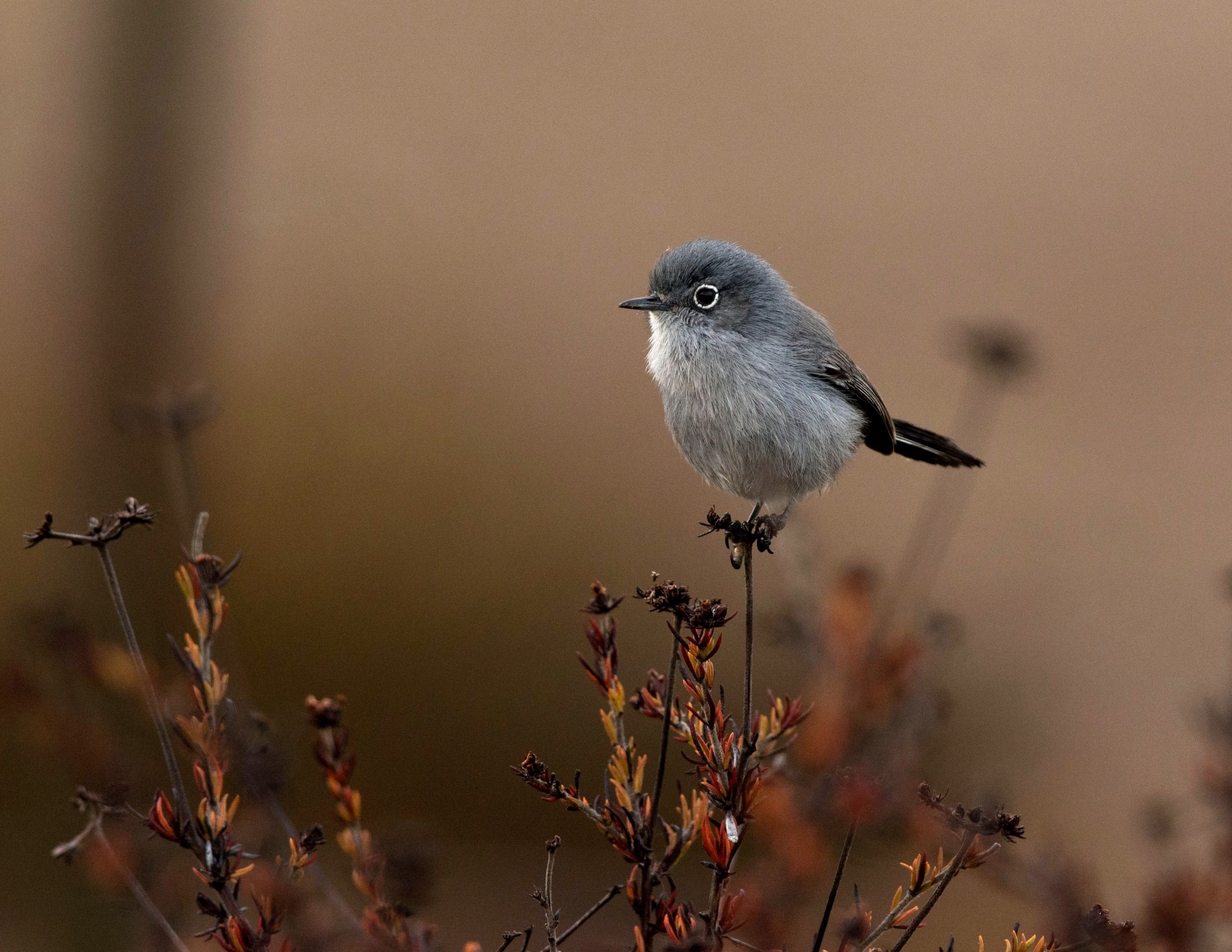
Sea and Sage Audubon Society has a long history of working to save and protect California Gnatcatchers and their habitats. We are not currently involved with specific, hands-on projects; however, the Conservation Committee remains engaged in projects such as Save San Onofre Coalition and the Toll Road, Save Coyote Hills, Save Banning Ranch and we remain closely tied with Endangered Habitats League, Starr Ranch Audubon Sanctuary, Orange County Parks, Fairview Park and others who work tirelessly to protect Coastal Sage Scrub (CSS) habitats and California Gnatcatchers.
Coastal Cactus Wren Conservation
The Sea and Sage Audubon Society Conservation Committee works to protect Coastal Sage Scrub habitats, the home of Coastal Cactus Wrens. Cactus Wrens occurs both along the coast as a separate sub-species and also inland in the deserts. Along the coast they have suffered declines mostly related to habitat loss and likely to some degree due to climate change issues. The Conservation Committee assisted in a county-wide survey effort in 2007-08 and is hoping to help initiate updated surveys in the coming years
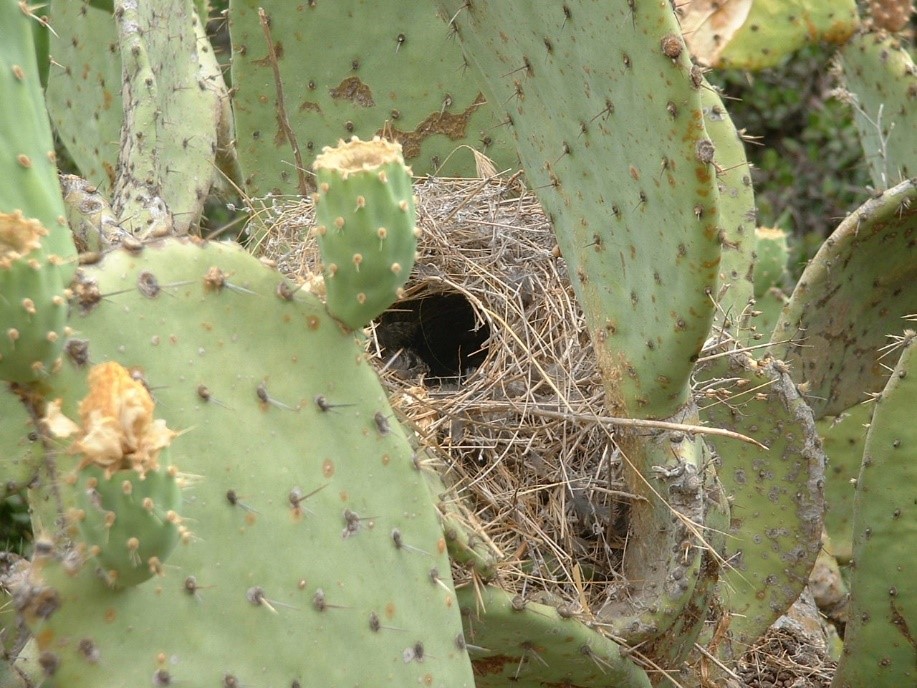
Campaigns and Projects

The Conservation Committee works on a myriad of conservation related campaigns and projects in Orange County and southern California. We work hard to apply of our energies and volunteer talent into efforts that protect birds, other wildlife (especially sensitive species) and their habitats within the region. To maximize our efforts, we often work or partner very closely with other local conservation organizations, land managers, and public agencies.
Below are just some of the campaigns and projects we are working on this year.
The Mouth of the Santa Ana River
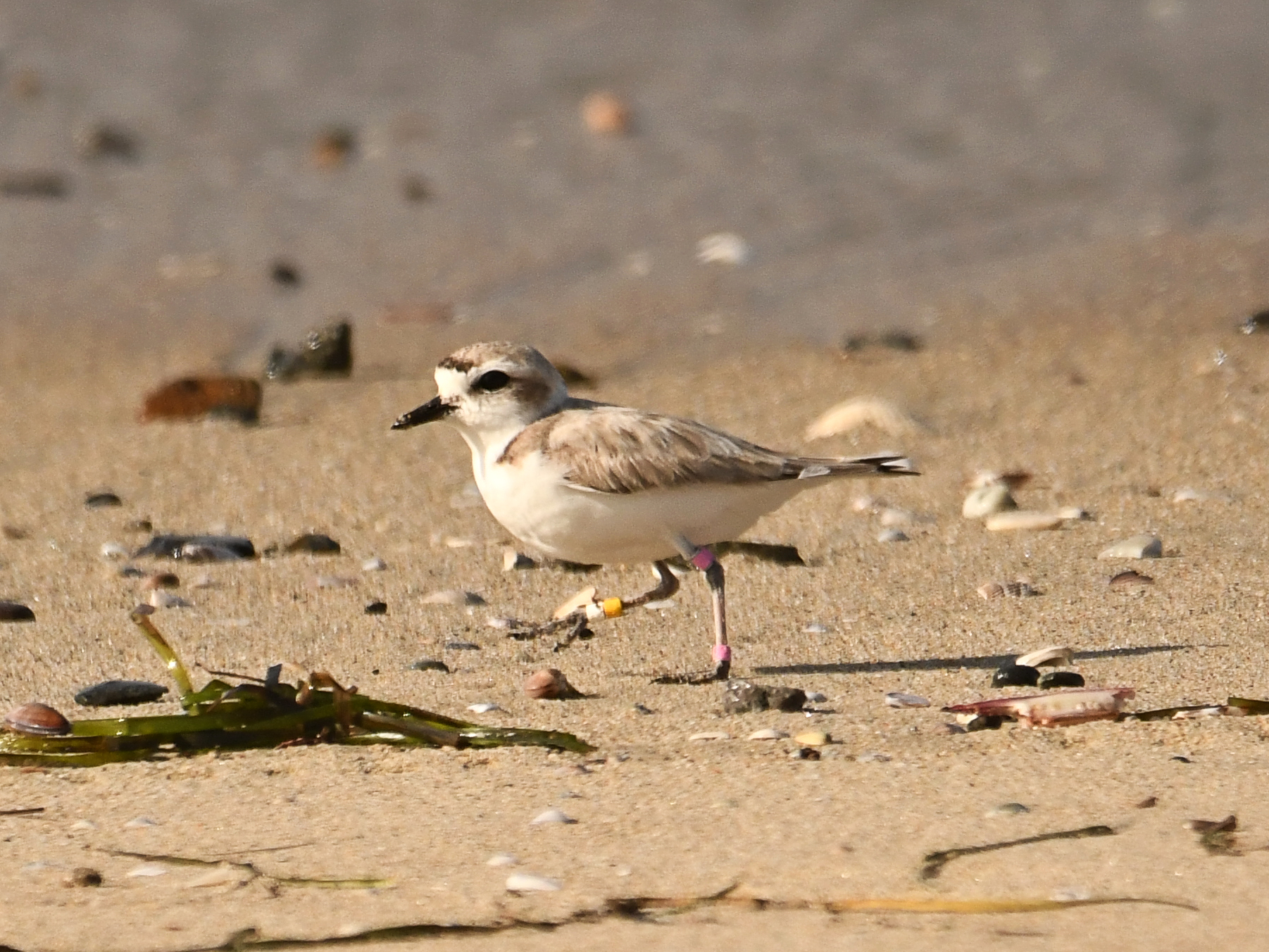
The Santa Ana River meets the Pacific Ocean at the boundaries of Huntington Beach and Newport Beach. Sandbars, jetties and shallow waters provide excellent and rare habitats for many birds including the Endangered California Least Tern and the Threatened Western Snowy Plover. Terns use the shallows as a very important foraging areas for the adjacent Huntington Beach Least Tern Nesting Preserve. Snowy Plovers use the sand bars for foraging. Both species use the area for roosting courtship and raising young.
Sea and Sage Audubon continues a long history of supporting conservation efforts at the river mouth and at the connected Huntington Beach Wetlands, Banning Ranch wetlands and other coastal properties. We work diligently alongside Orange County Coastkeepers, Sierra Club, Endangered Habitats League (EHL) and local residents to help keep the area as wild as possible for the sake of birds and other wildlife at one of the busiest stretches of beaches in California.
Safe Trails Coalition
Sea and Sage Audubon Society is a founding member of the Safe Trails Coalition, formed in 2008 by the Friends of Harbors Beaches and Parks (FHBP), Audubon California, Sea and Sage Audubon Society, Laguna Canyon Foundation and the Sierra Club to help meet the intense public need to safely access Orange County’s open spaces and trails while protecting its rare and sensitive natural resources.
Please visit the Safe Trails Website
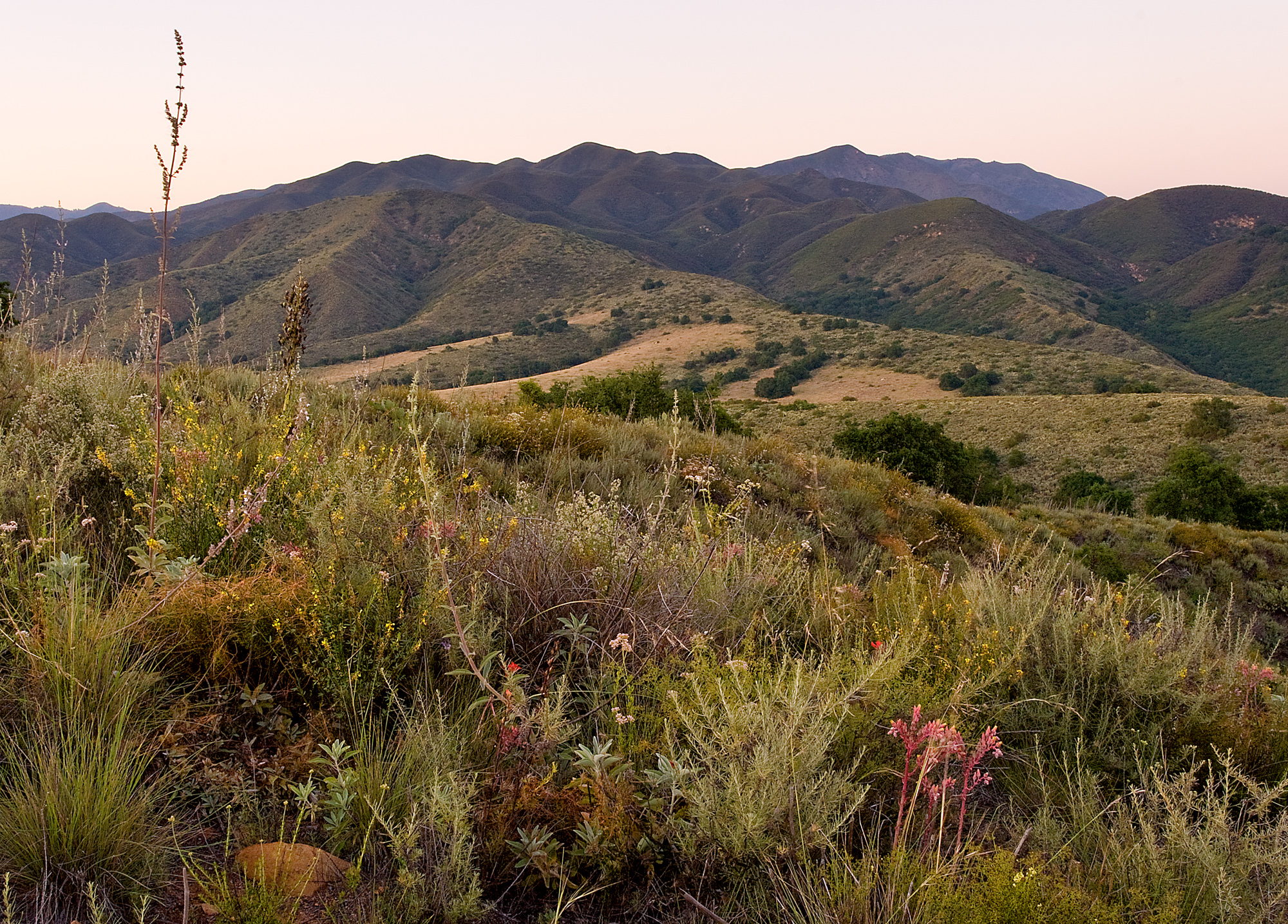
Save West Coyote Hills
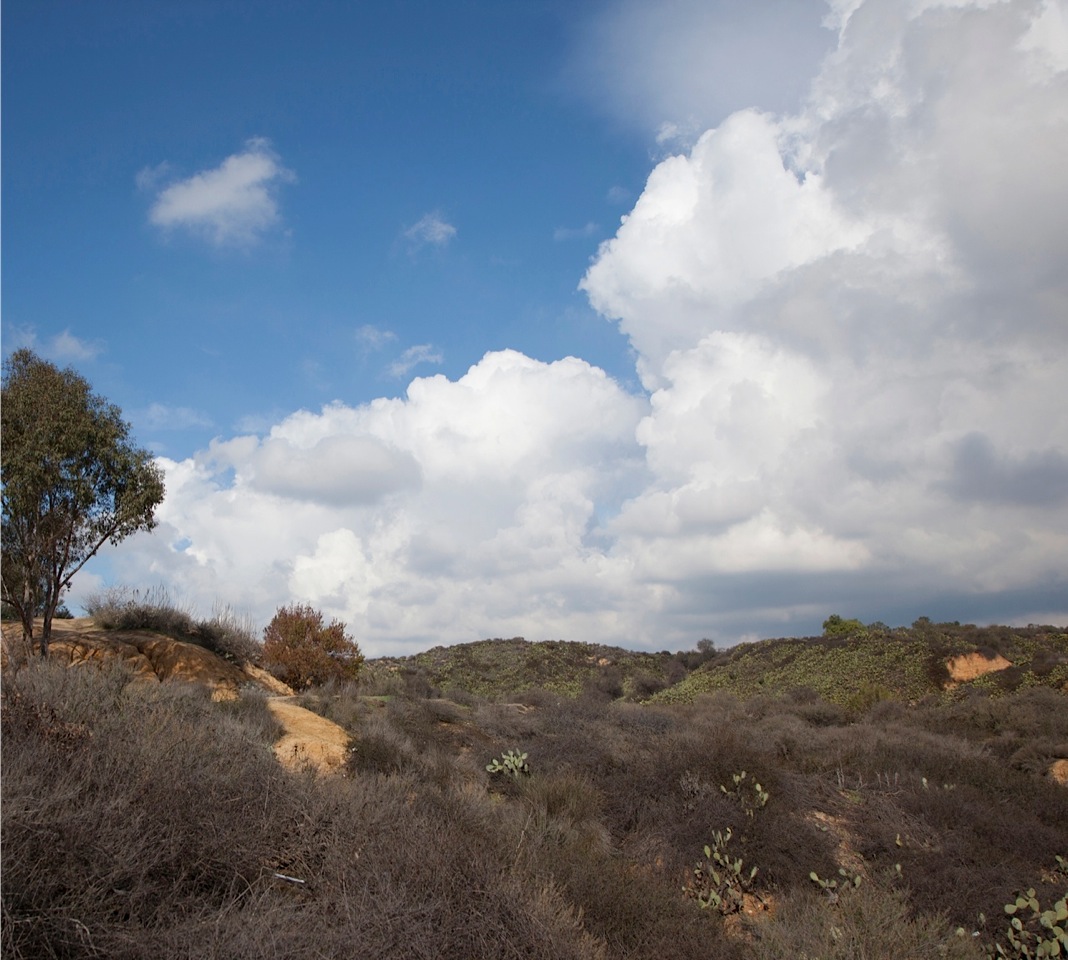
Sea and Sage Audubon Society supports the efforts of The Friends of Coyote Hills to save all of West Coyote Hills.
Save Banning Ranch
Banning Ranch, on the west side of Newport Beach overlooking the Santa ana River and the Pacific Ocean, is comprised of 401 acres of critically important coastal bluffs and wetlands. Sea and Sage Audubon Society supports the efforts of The Banning Ranch Conservancy and Friends to save all of Banning Ranch.
Please visit the Banning Ranch Conservancy
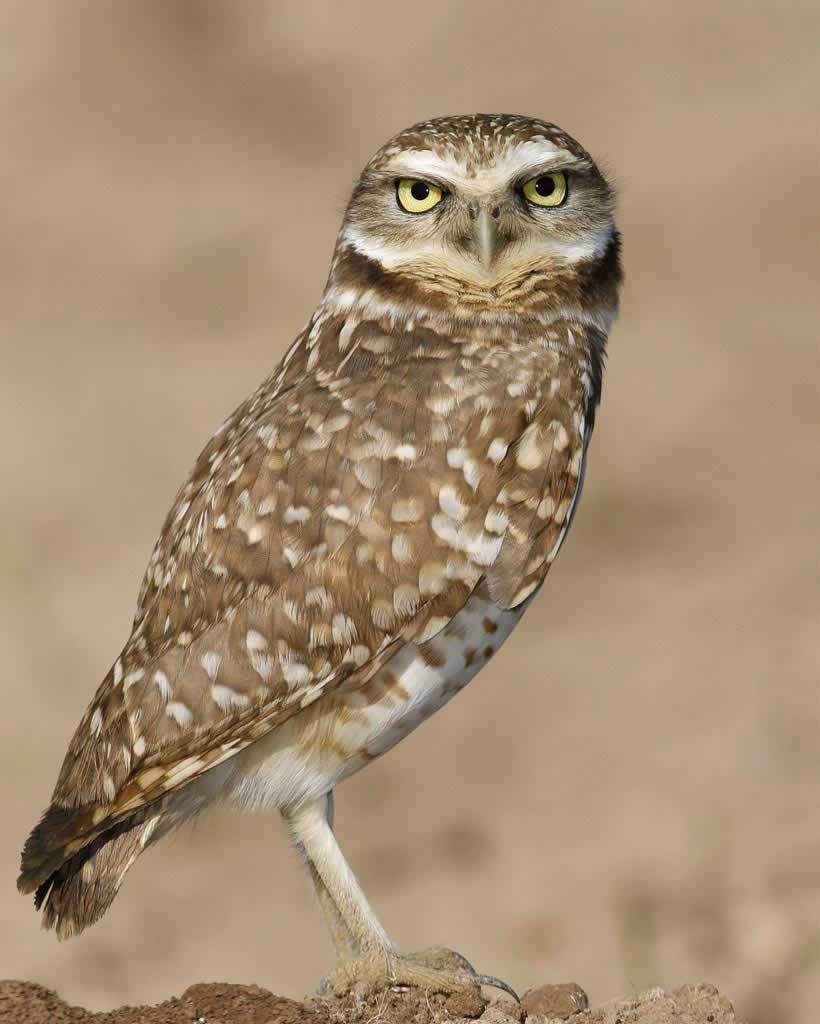
Save San Onofre Coalition
Sea and Sage Audubon Society joined the then newly formed Save San Onofre Coalition (SSOC) in 2005. The coalition includes Endangered Habitats League, State Parks Foundation, Sierra Club, National Audubon Society, Sea and Sage Audubon Society, Surfrider, Natural Resources Defense Council (NRDC), California Coastal Protection Network, Laguna Greenbelt, WILDCOAST, and Defenders of Wildlife.
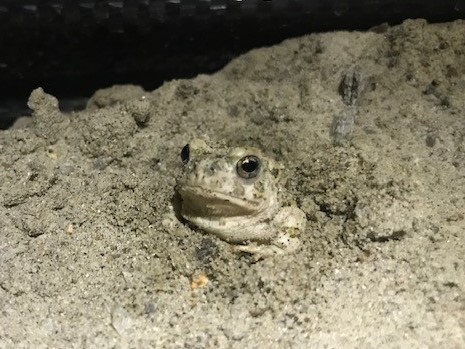
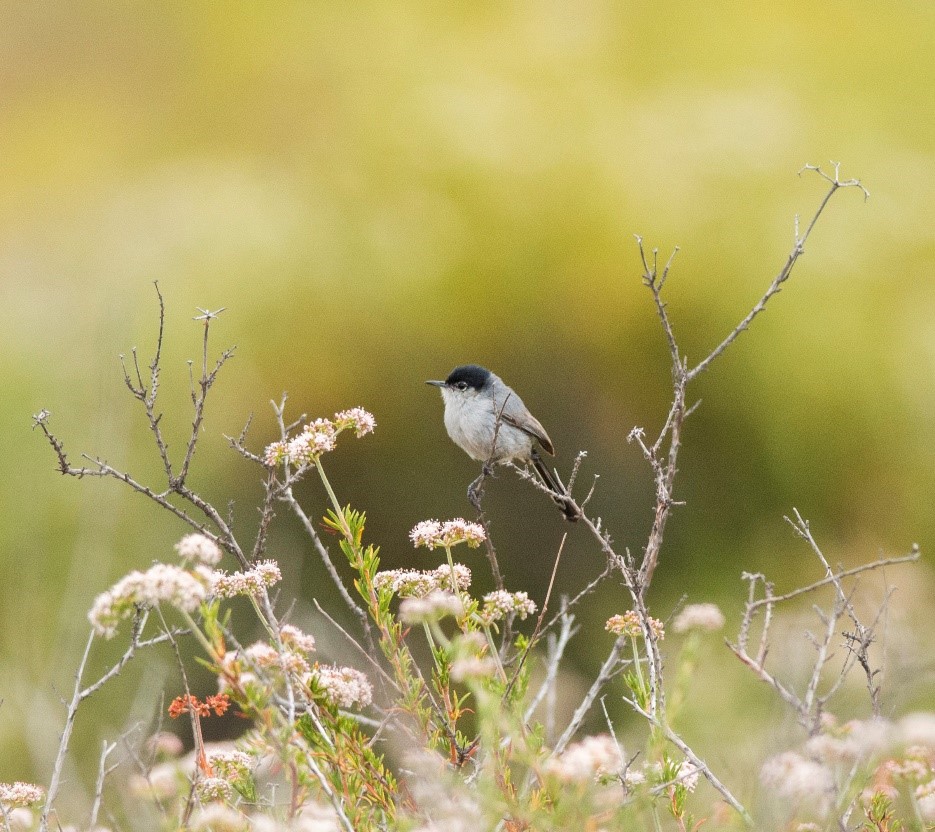
The coalition’s goal is to protect critically important open spaces, sensitive bird habitats and San Onofre State Beach by stopping the extension of the 241 Toll Road or any other highway through the back country of south Orange County and the State Park.
In 2015 we won a major victory and came to a settlement that permanently restricts the Toll Road from being constructed through the most critical areas, including the San Mateo Watershed. And, in 2020 California passed AB 1426 to permanently protect San Onofre State Beach.
SSOC coalition members California State Parks Foundation and Surfrider Foundation maintain some of the most updated websites on the continuing efforts.
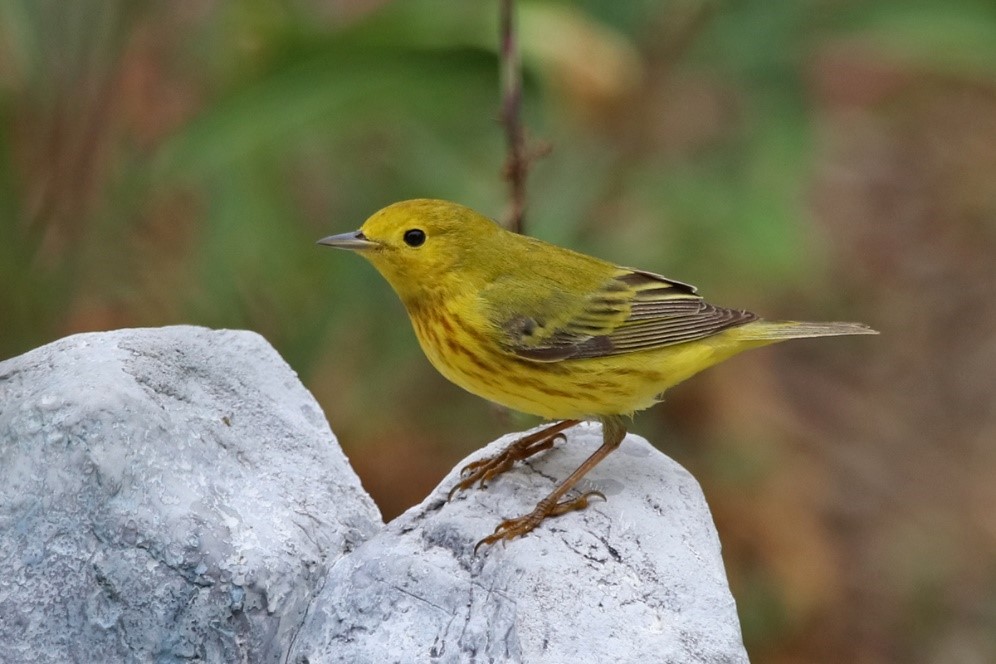
Bolsa Chica Ecological Reserve
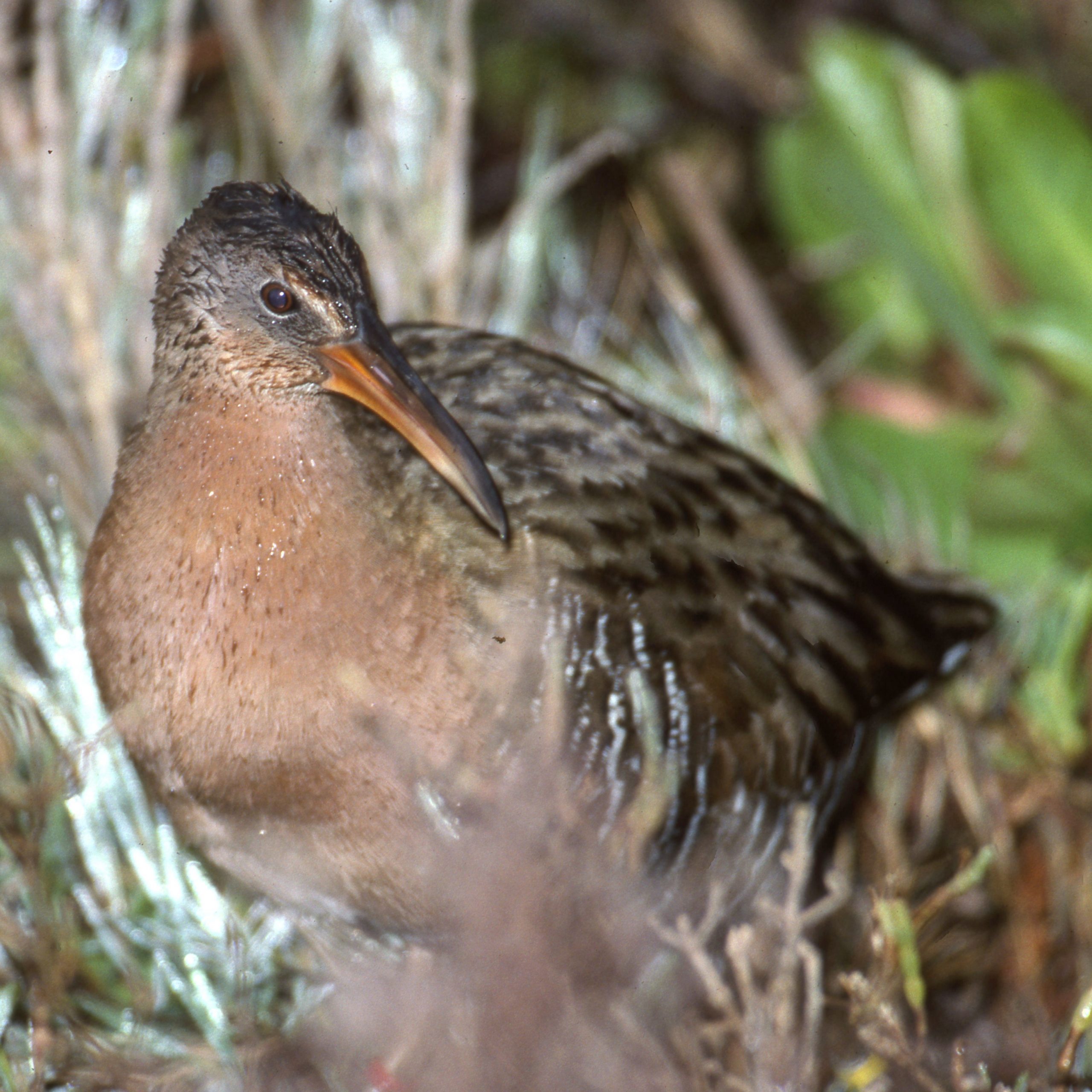
The Bolsa Chica Ecological Reserve is comprised of nearly 1,300 acres of coastal estuary habitats including open water, mudflats, salt marsh, coastal dunes, seabird nesting islands, riparian, and freshwater marshes. Sea and Sage Audubon Society supports the efforts of Amigos De Bolsa Chica, Bolsa Chica Land Trust, Bolsa Chica Conservancy, and the California Department of Fish and Wildlife at Bolsa Chica.
Fairview Nature Park
Located in the City of Costa Mesa, Fairview Park (AKA Fairview Nature Park) is a gem of a natural open space with rich birding resources. The park sits mostly on the bluffs of West Costa Mesa, overlooking a portion of Talbert Regional Park, the Santa Ana River and Huntington Beach with great views of the Pacific Ocean. Habitat types include grasslands, coastal sage scrub (CSS) and wetlands, with nice stands of mixed trees below in Talbert Regional Park. Sea and Sage Audubon conducts ongoing eBird based-surveys in the park and has documented over 135 species of birds using the park. Sea and Sage Audubon Society proudly supports the efforts of the City of Costa Mesa to maintain and advance the protection of these unique habitats, balanced with a myriad of responsible recreation activities and high-visitor uses of the park.
To learn more about the park visit the Fairview Park Website
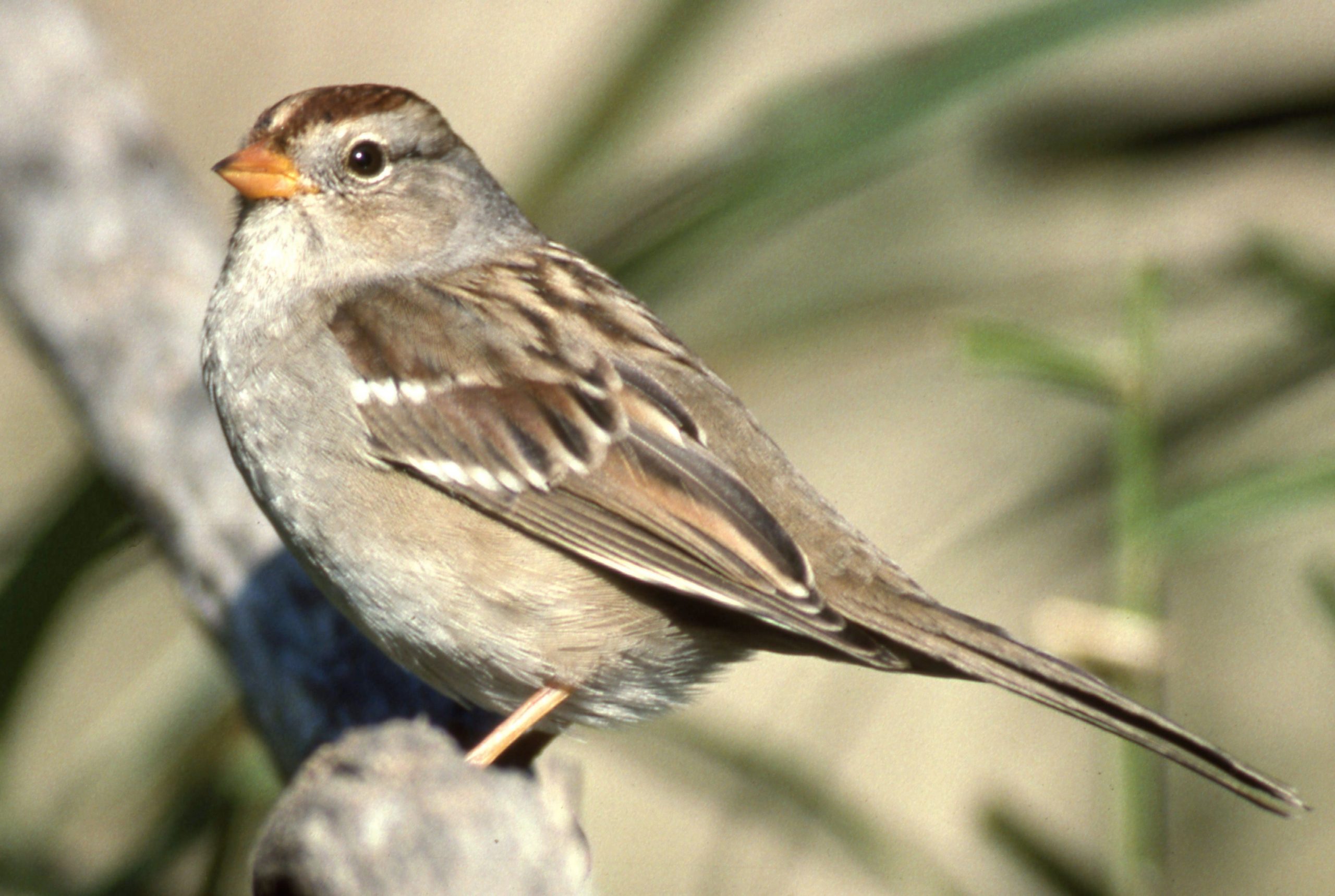
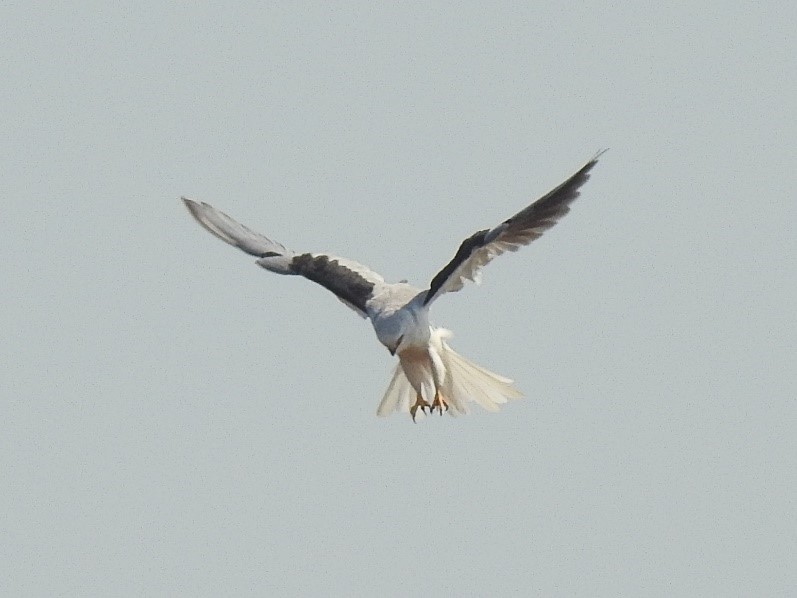
Conservation Bird Surveys

The Conservation Committee conducts bird surveys designed specifically to assist in the conservation of birds and their habitats on the respective properties. In some cases, these are surveys designed by the committee in order to respond to a conservation-based need for bird data at a particular location. Other times, we participate in bird surveys designed by other land managers or other organizations interested in protecting birds. Additionally, chapter at large also operates numerous other bird surveys (listed elsewhere on this website).
Brown Pelican Roost Surveys – On Hold During the Pandemic
Raptor Surveys
UCI White-tailed Kite Study
Partner Organizations
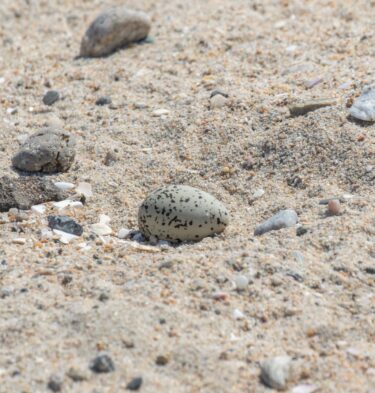
Western Snowy Plover Egg
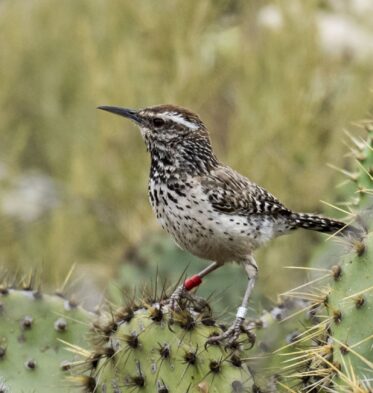
California Species of Special Concern – Coastal Cactus Wren (San Diego & Orange Counties)
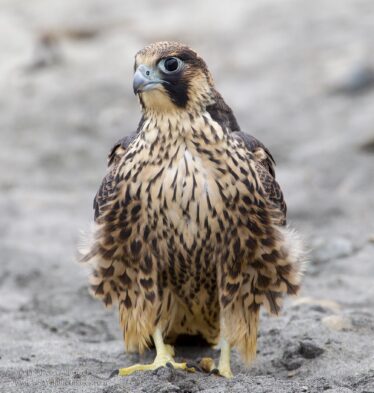
Formerly Endangered – Peregrine Falcon (juvenile)
We recognize that it will take a village “to protect birds, other wildlife, and their habitats.”
Some of the Conservation Organizations We Work With
- Endangered Habitats League
- Friends of Harbors Beaches and Parks
- Safe Trails Coalition
- Cavity Conservation Initiative
- Tree Care for Birds and Other Wildlife
- Sierra Club Los Angeles and Orange Counties
- Orange County Coastkeeper
- California Native Plant Society Orange County
- Amigos de Bolsa Chica
- Bolsa Chica Land Trust
- Bolsa Chica Conservancy
- Starr Ranch Audubon Sanctuary
Volunteer Opportunities

Everything Sea and Sage Audubon does contributes to the conservation of birds in one way or another, but there are often specific opportunities to volunteer for conservation focused projects in Orange County. We are always expanding our lists and hope you find the opportunities below useful
Youth Environmental Opportunities (in development)
Orange County Conservation Opportunities (in development)
Huntington Beach Least Tern Natural Preserve Ambassador Program
Orange County State Beaches Snowy Plover Protection Plan (in development)

